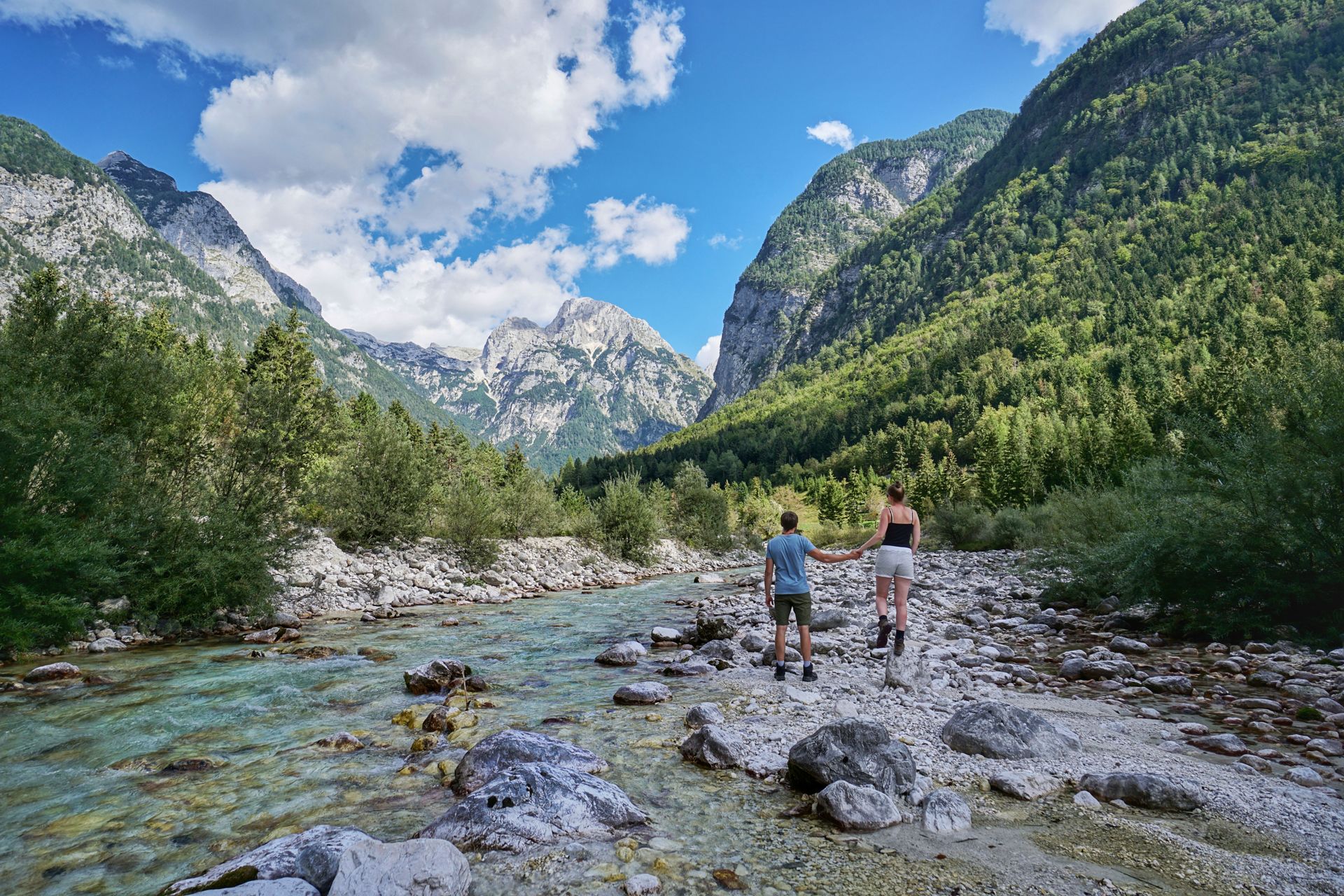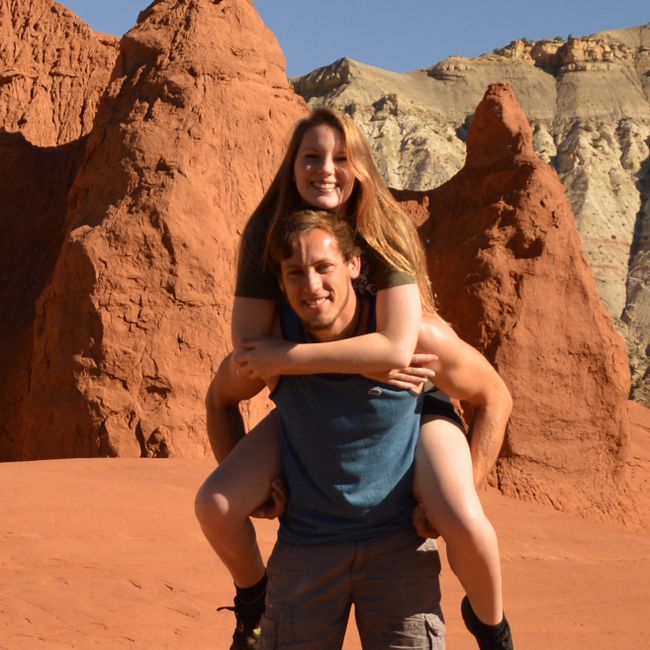6th Stop: Australia, Part 2: Camper Cruisin'
Жарияланды: 07.06.2019
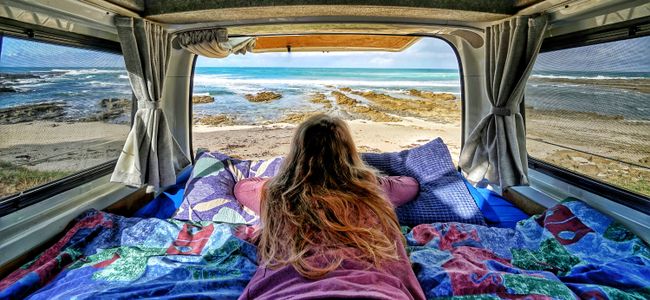
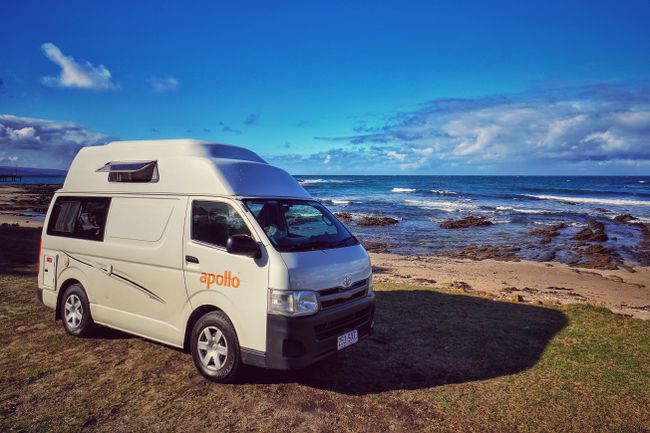
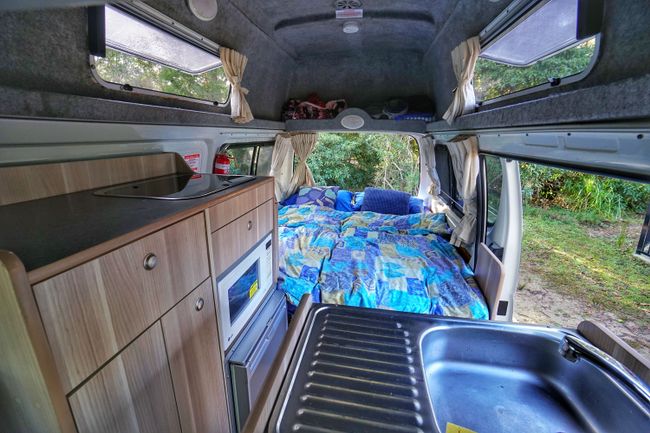
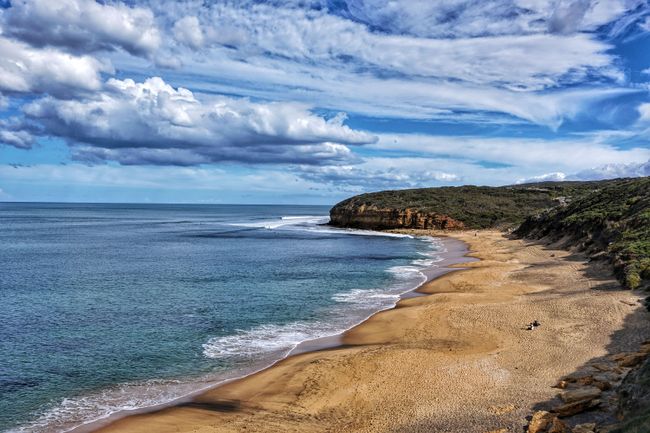
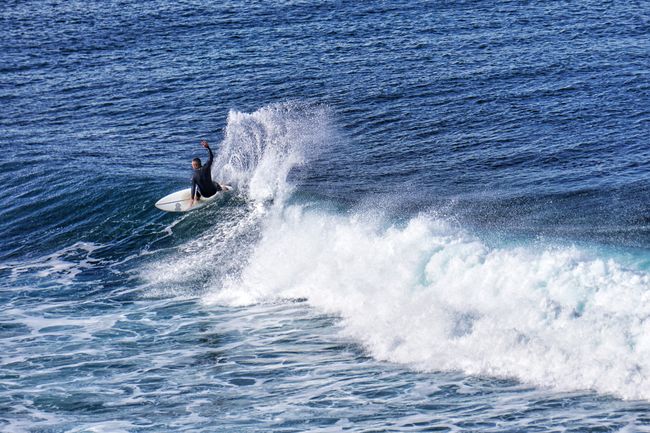
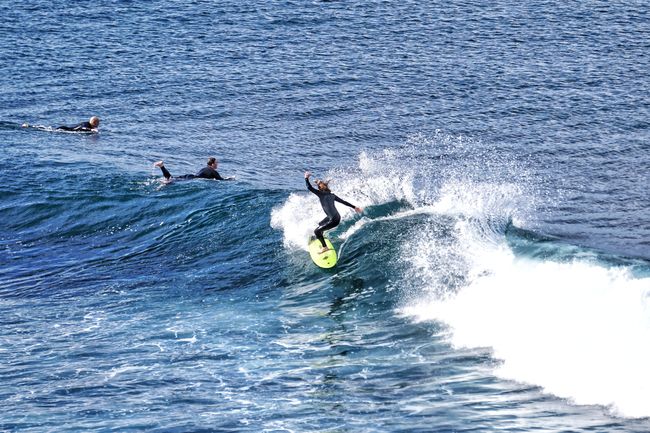
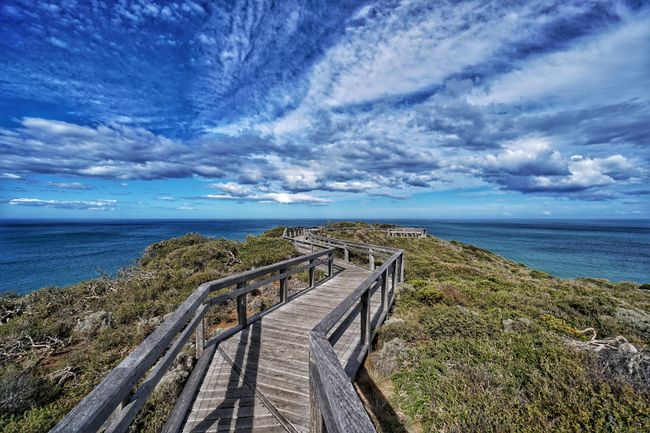
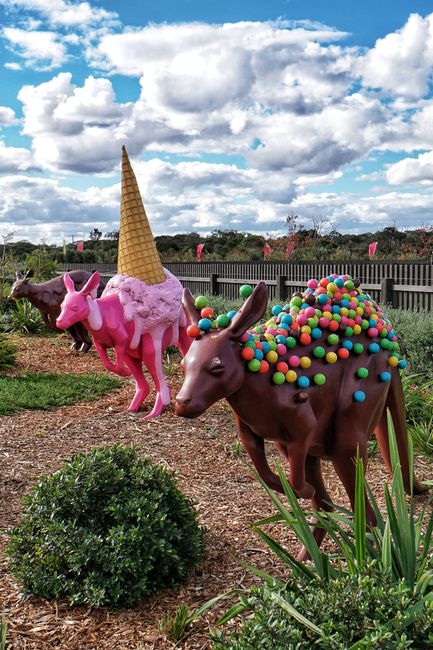
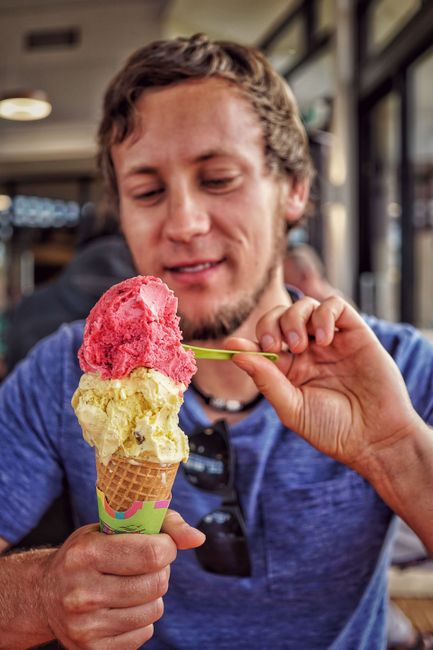
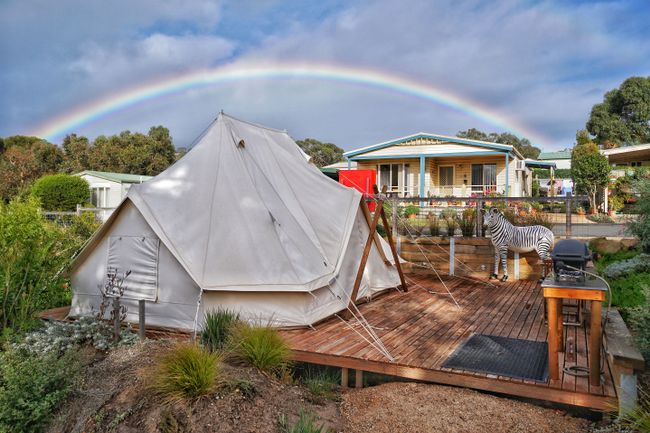
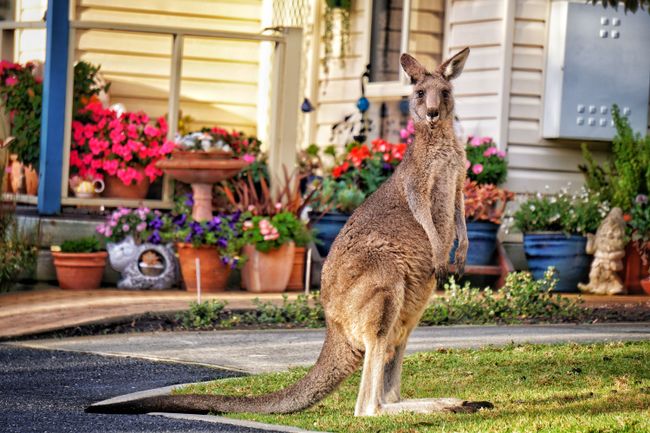
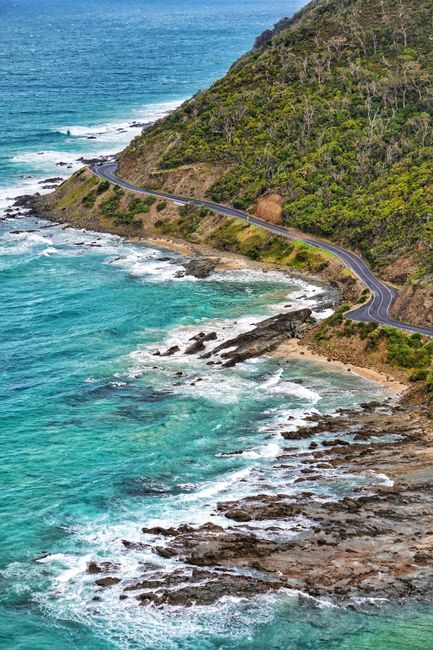
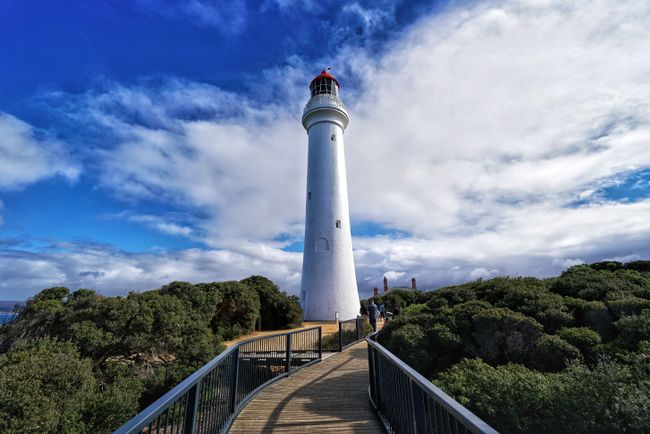
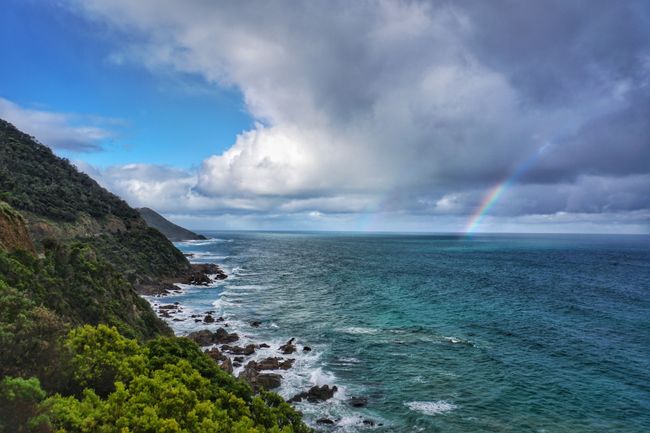
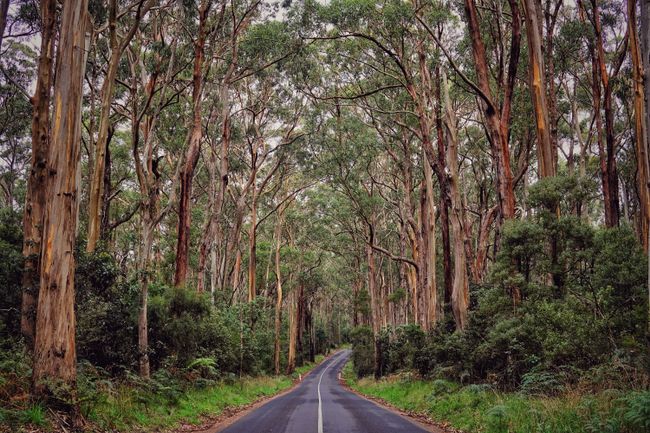
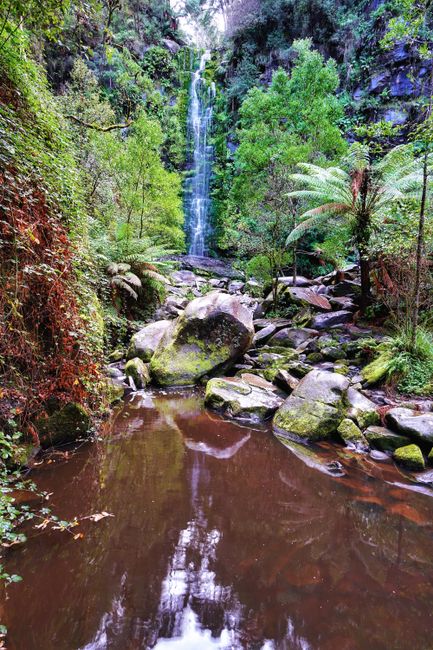
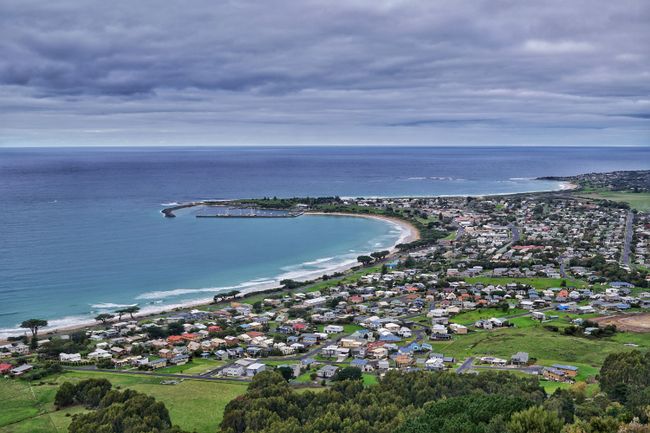
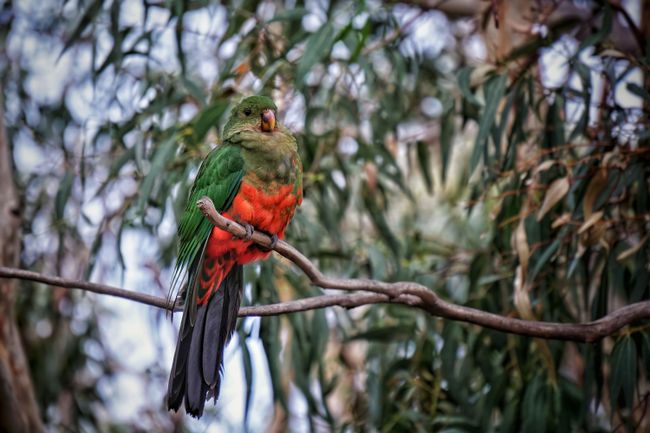
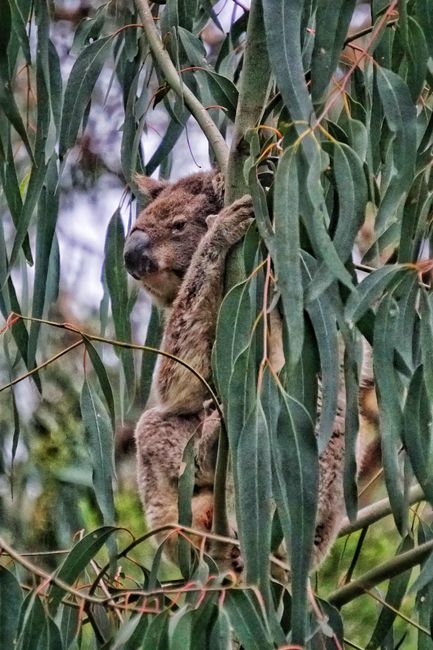
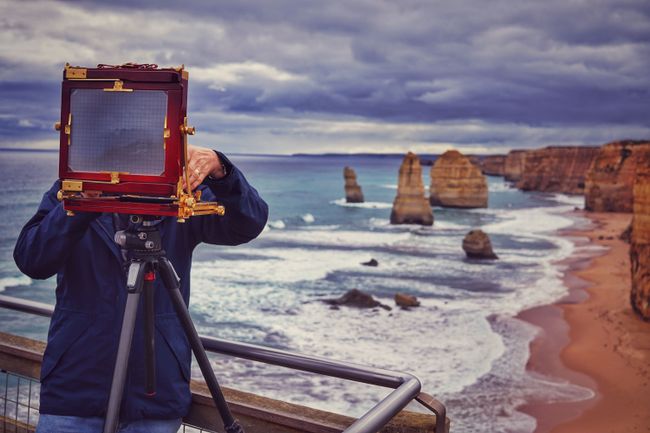
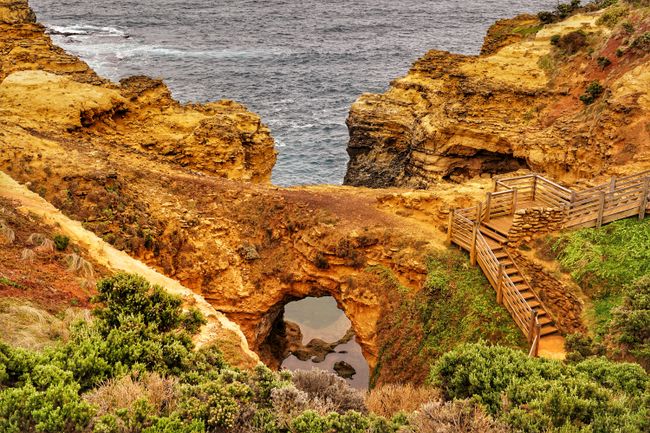
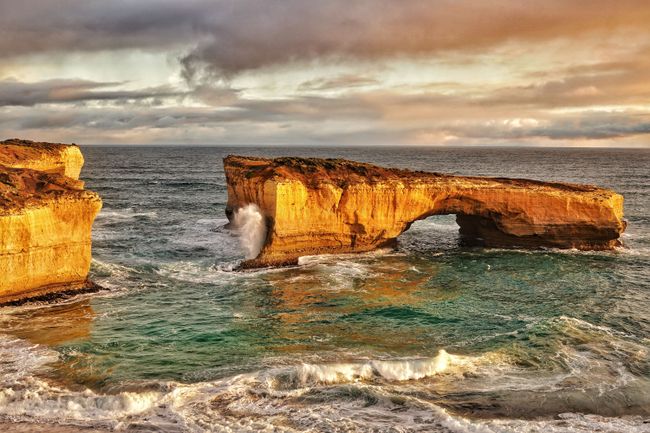
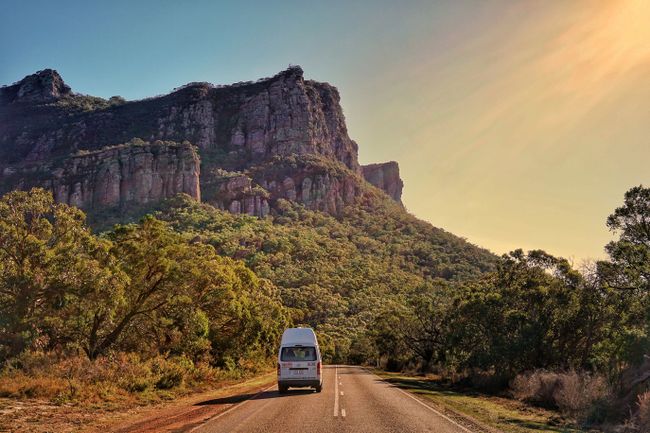
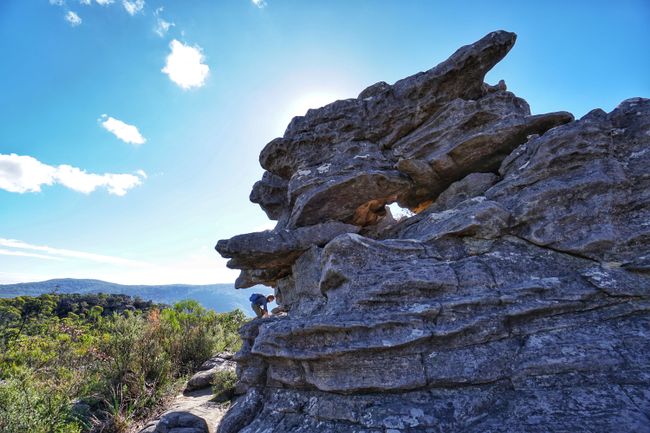
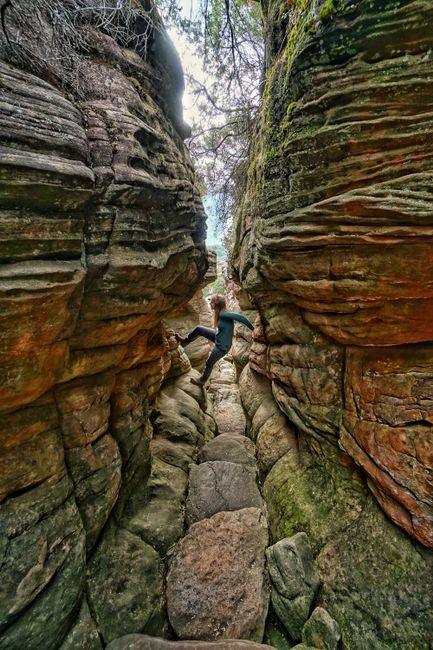
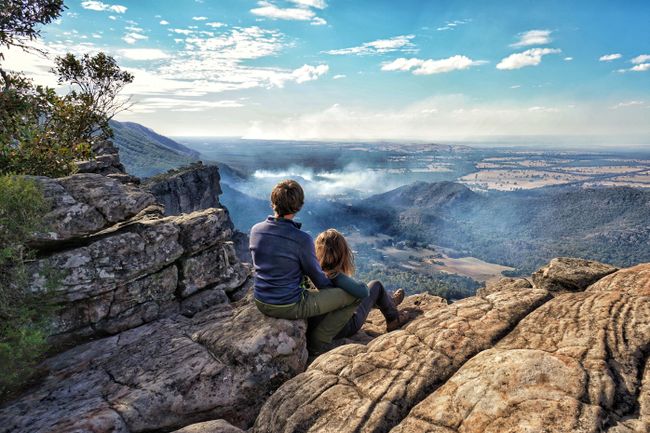
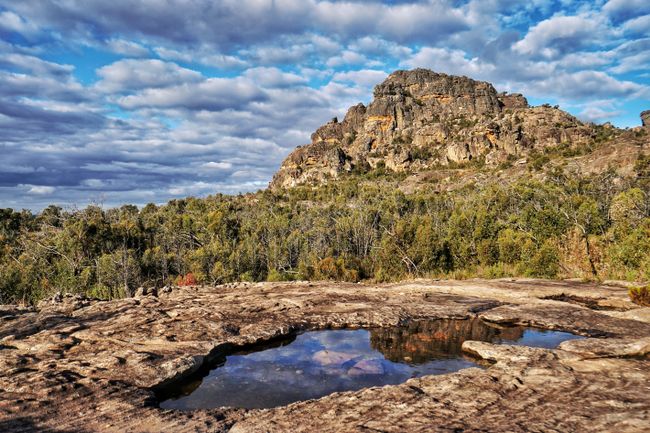
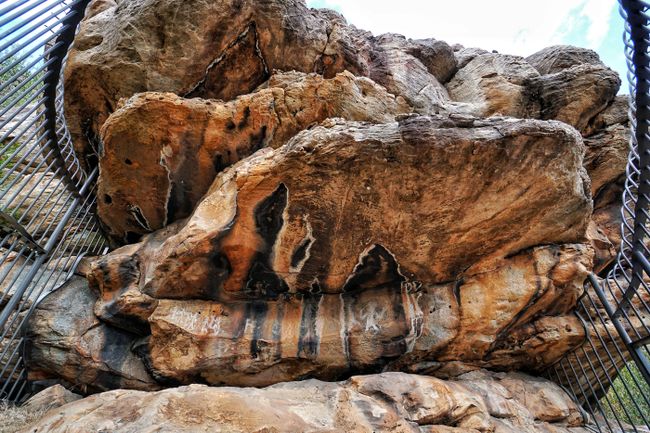
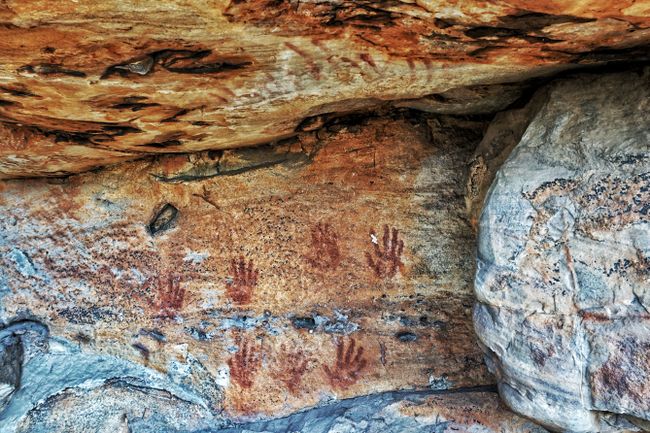
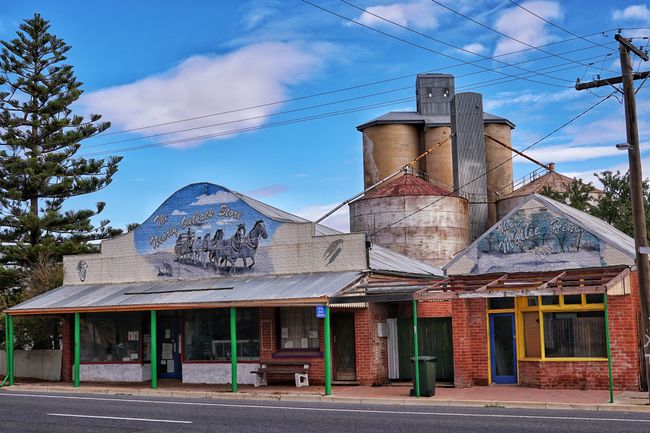
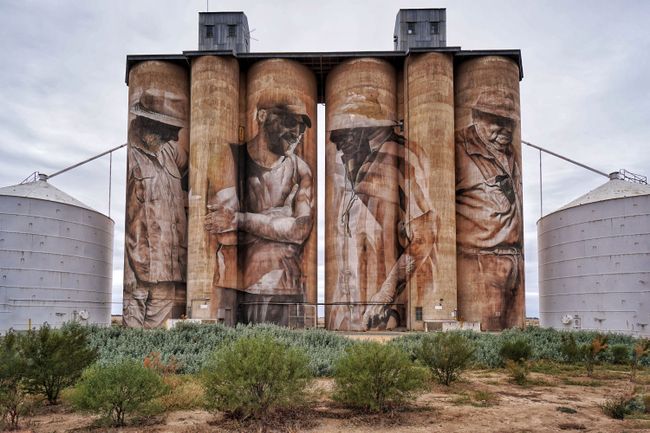
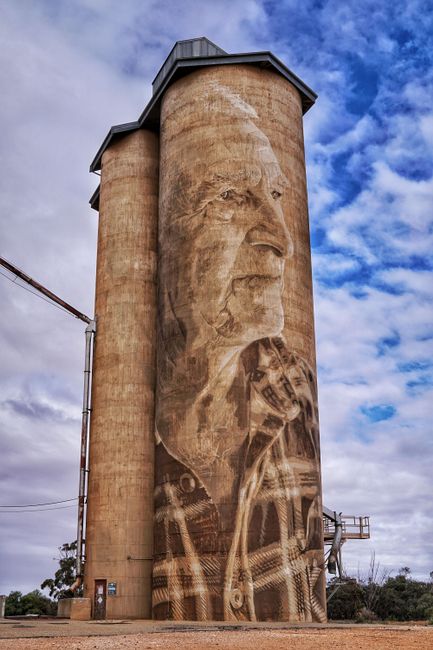
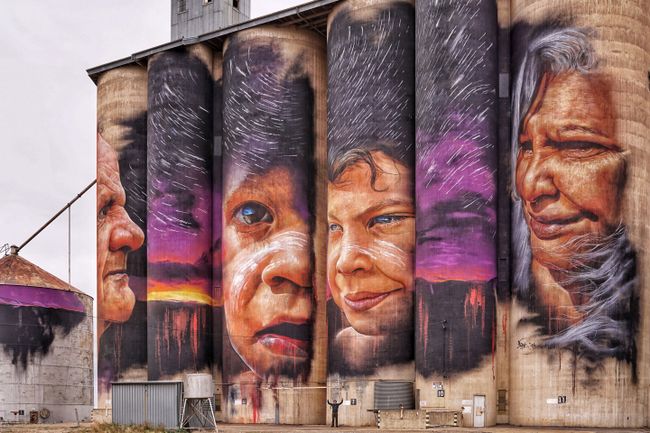
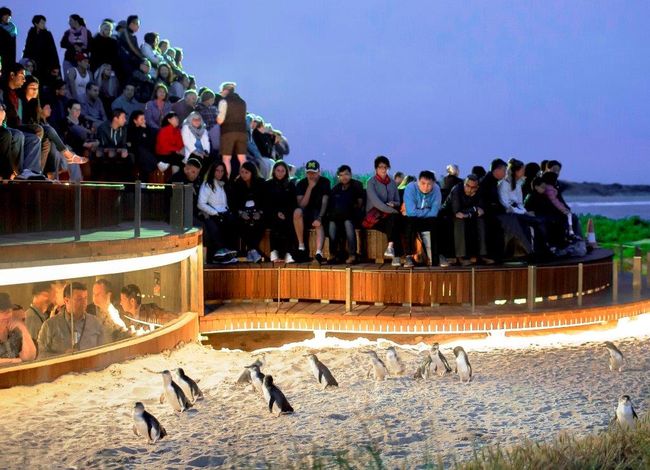
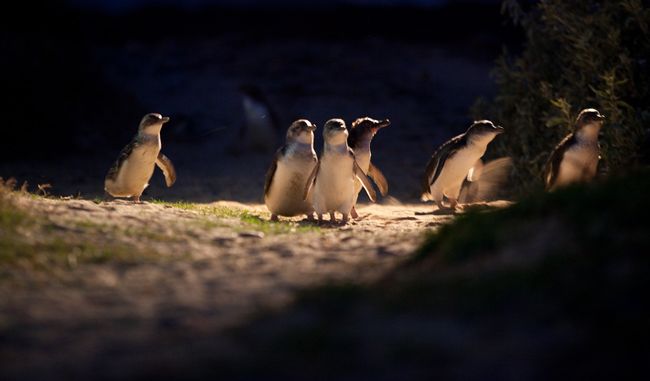
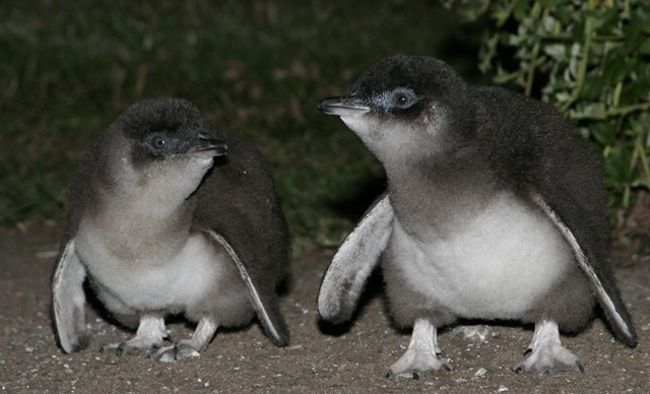
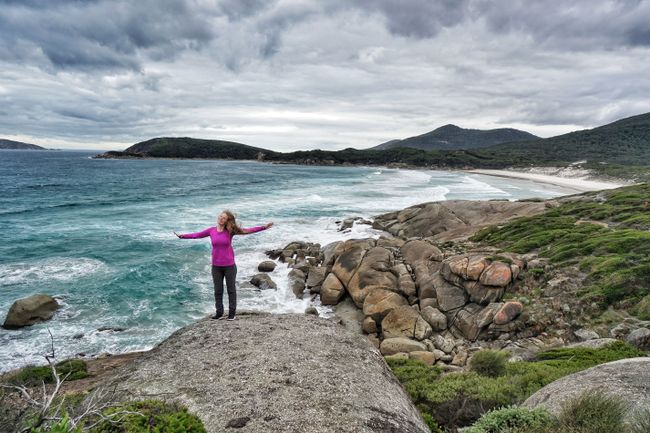
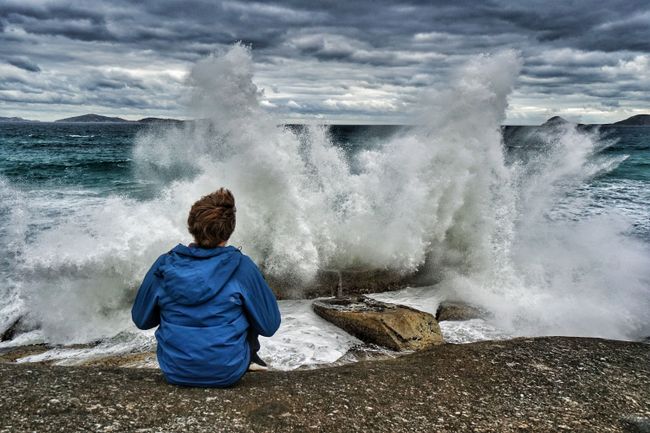
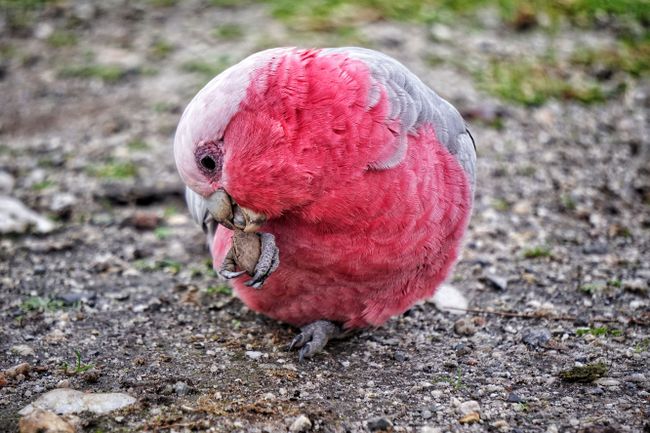
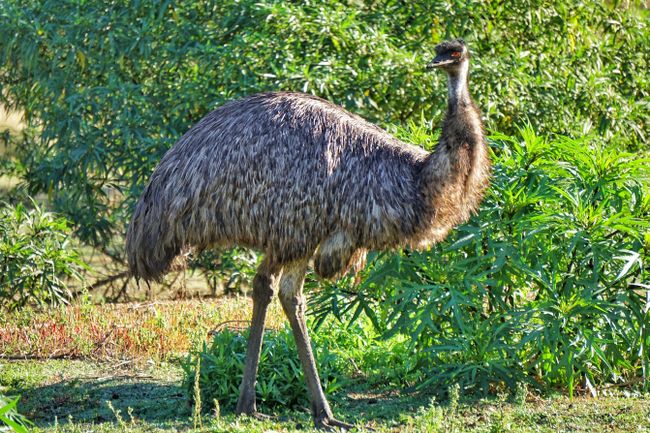
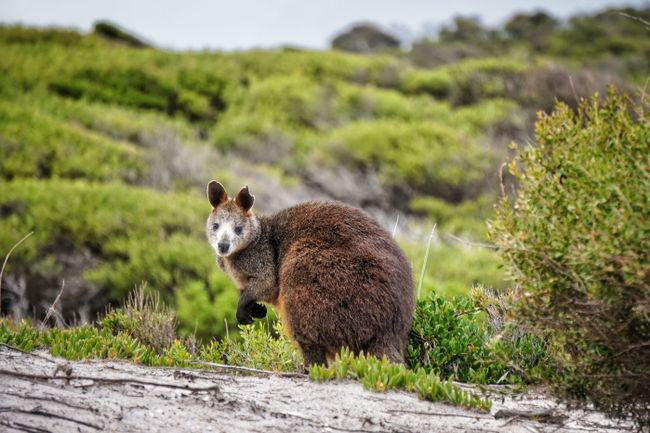
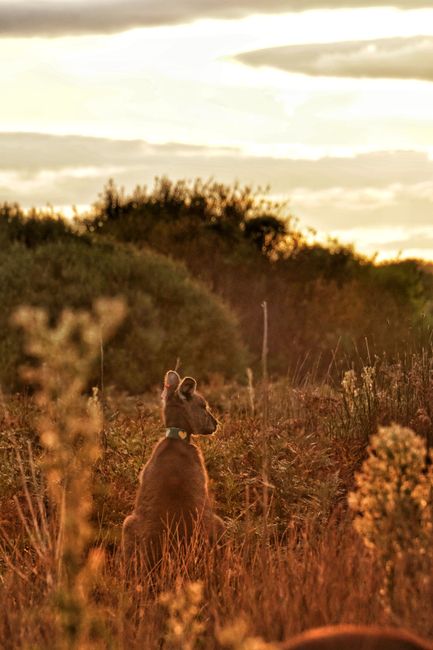
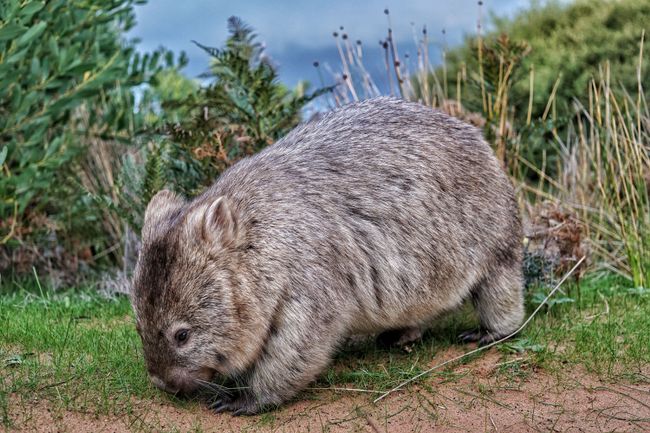
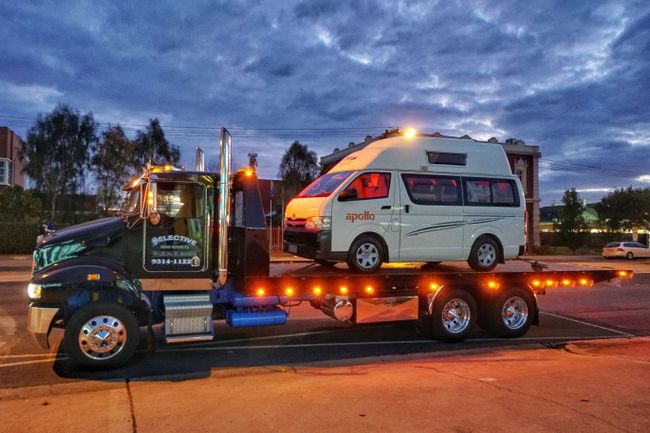
Ақпараттық бюллетеньге жазылу
Finally, we are back to being a trio, because we have a new family member for the next 5 weeks: Our camper 'Kalle'. Kalle is an ancient Toyota Hiace with a delicate 430,000km on the odometer, which has been fitted with a raised roof and a camper interior. This includes a sink with water tank and pump, a gas stove, a microwave, a refrigerator, and two benches with a table that can be converted into a bed. You can imagine that for us, Kalle is the epitome of luxury after so many months in a tent. Especially because we can have breakfast in bed every morning! Our first trip in the camper had to be something special, so we decided to explore one of the most famous roads in the world: the Great Ocean Road.
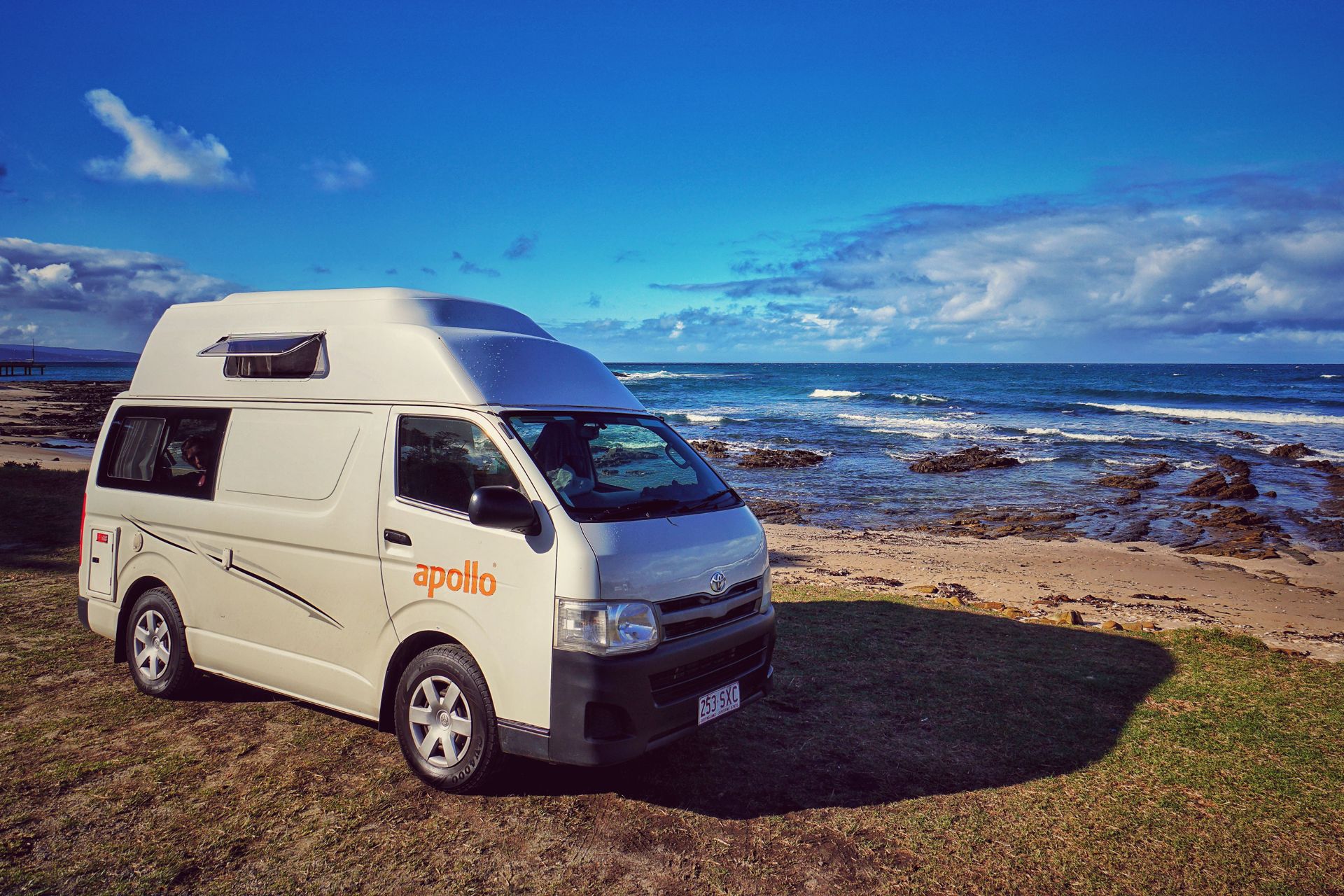

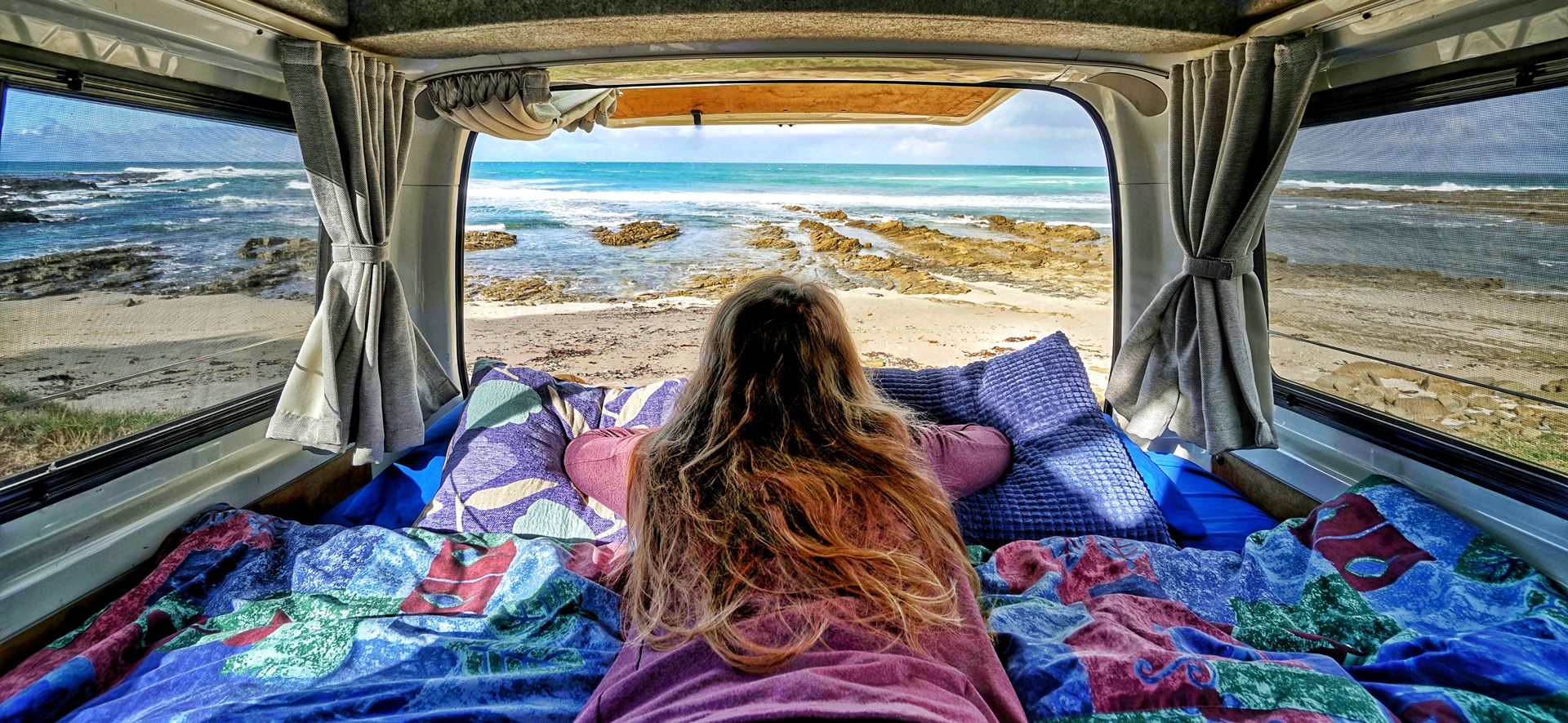
The Great Ocean Road starts in Torquay, a surfer's paradise with a long tradition, because the biggest surf outfitter brands like Ripcurl or Quiksilver have their origins in this little town. Accordingly, a big surfing competition takes place at Bells Beach every year around Easter, when the weather conditions with lots of wind and waves up to 5m high are ideal. We missed the competition by 2 weeks, but we were able to watch some talented surfers doing their tricks with slightly less waves. The advantage of the competition being over was that the good surfers were still around, but we had almost the whole beach and coastal path to ourselves and could enjoy it in peace. A situation that we will soon miss on the Great Ocean Road, but we'll tell you more about that later.
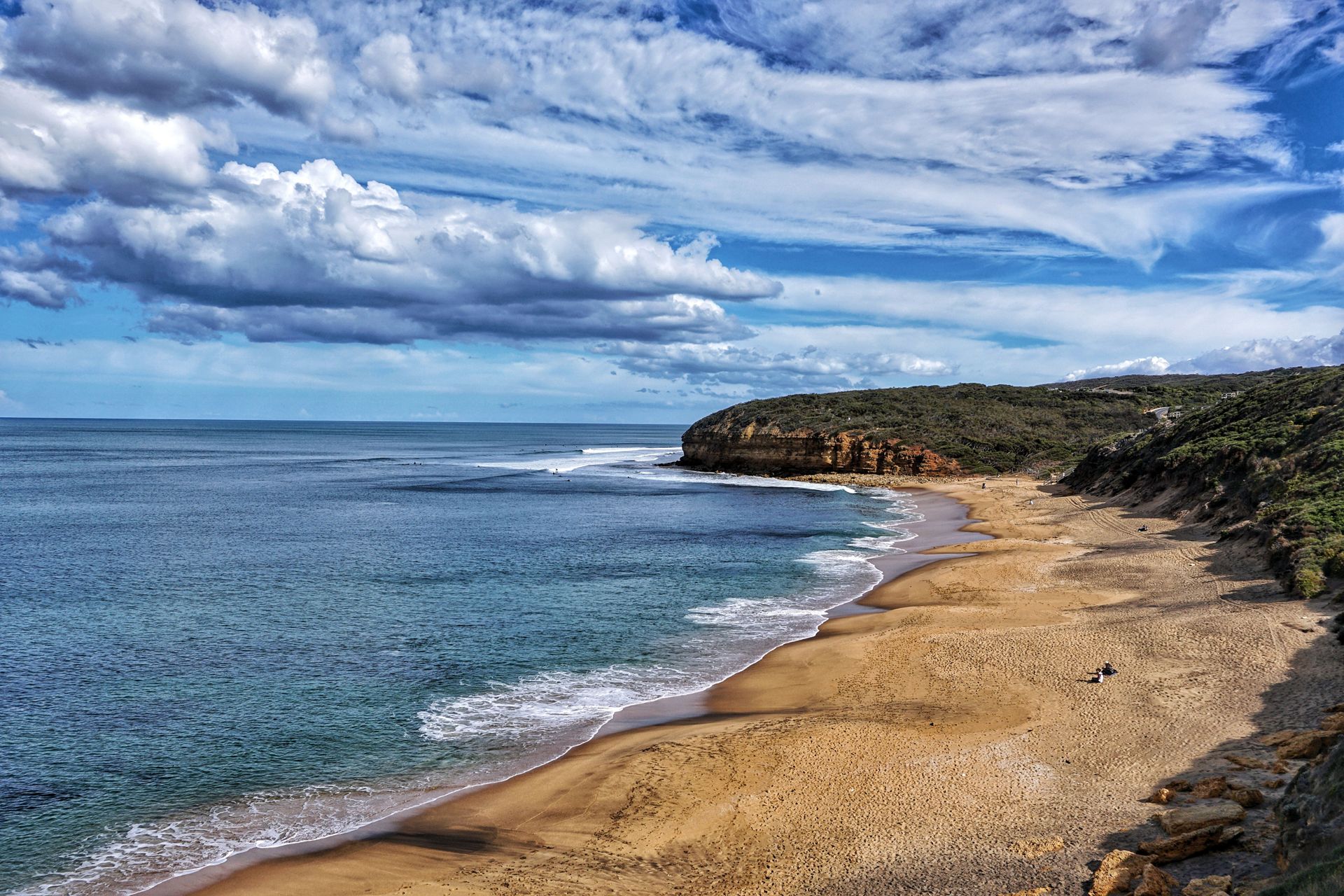
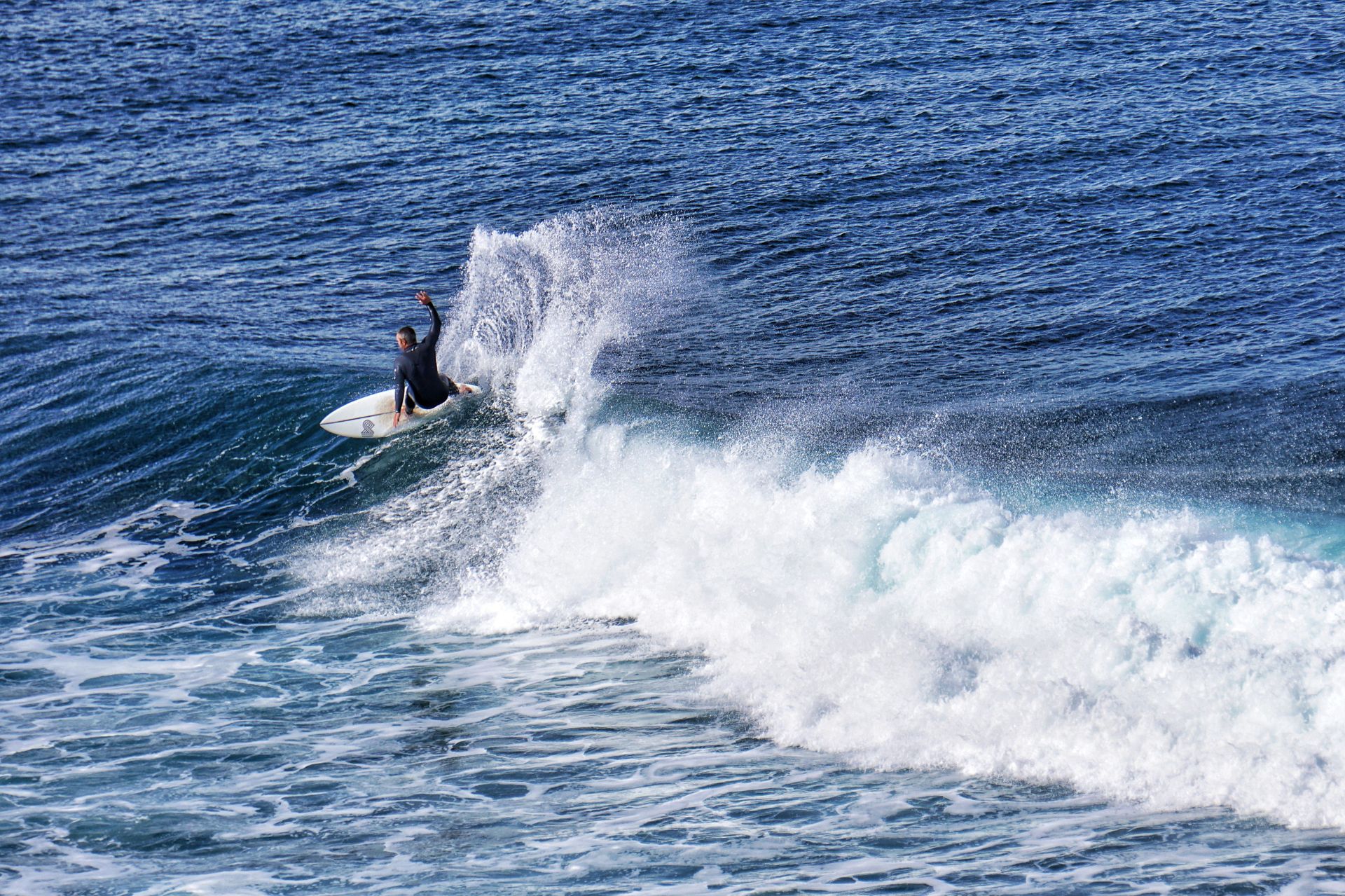

In Torquay, however, we were not only able to experience what modern Australian culture is all about, surfing, but also get closer to a piece of ancient culture: the Aboriginal. At the Narana Aboriginal Culture Center, we learned fascinating things about boomerang throwing, didgeridoos (which, by the way, are not called that by the Aborigines themselves), and Aboriginal art, and admired beautiful paintings by Aboriginal artists. These paintings are traditionally made with dots and usually include symbols with important meanings, e.g. a circle with lines symbolizes 'travel'. Unfortunately, photography was not allowed, so we recommend googling if you're interested in the art. However, as Germans, especially German physicists, we love numbers, so we have some interesting numbers for you about Aboriginal culture:
1. Aboriginal culture is 60,000 years old and is the oldest continuous culture in the world
2. Making music with didgeridoos, large hollowed-out and prepared wooden tubes, has been happening for 40,000 years
3. A boomerang can be thrown up to 500m in hunting, four times as far as a spear, and is deadly up to 200m
4. It wasn't until 2008 that the British Prime Minister officially apologized to the indigenous people for everything that was done to them during the colonization of their land
Afterwards, we visited Point Addis, where you have a good view of the coast and the sea, and had a long conversation with a super sympathetic Australian who, at around 60 years old, still goes surfing, mountain biking, and hiking a lot. To sweeten our day, we then made a detour to the Great Ocean Road Chocolaterie and treated ourselves to a huge, excellent ice cream. The whole thing was topped off by the most luxurious campground of all time with a heated indoor pool, kangaroos as roommates, and 4 free welcome beers, because the nice receptionist wanted to do something nice for us, as the campground with $45 per night was a bit expensive for us. Oh, these Australians, we cannot emphasize enough how nice and cool these people are.

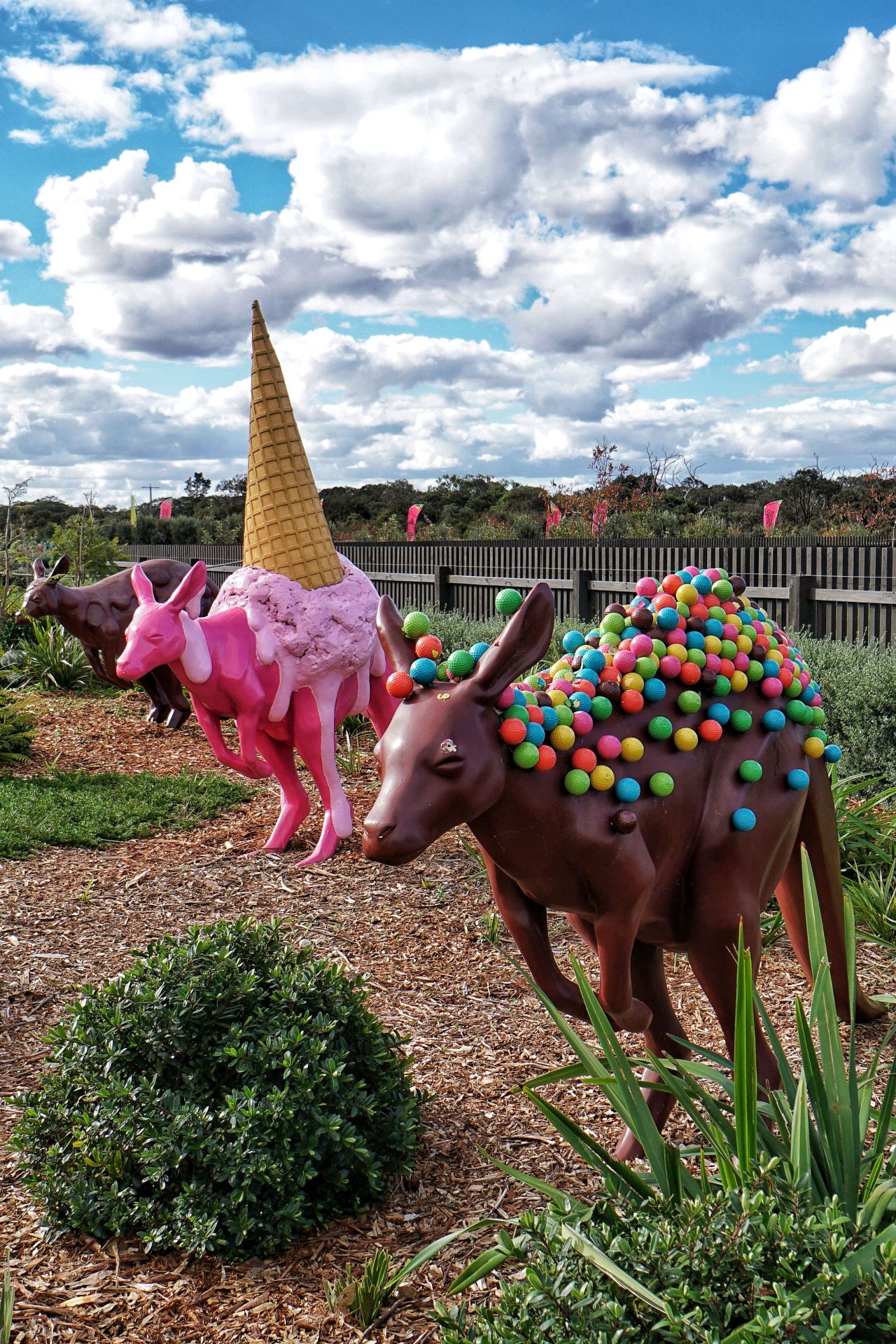
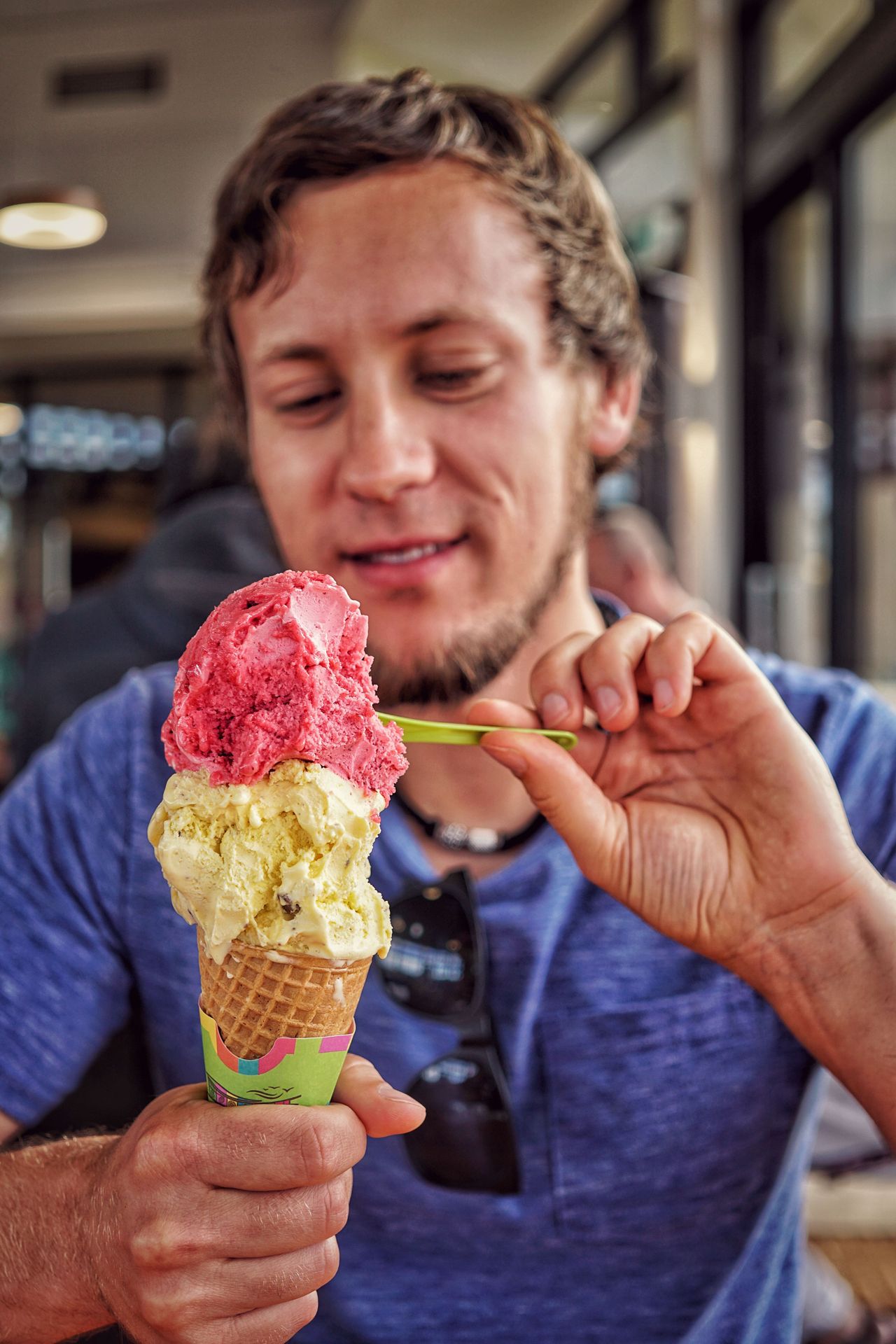

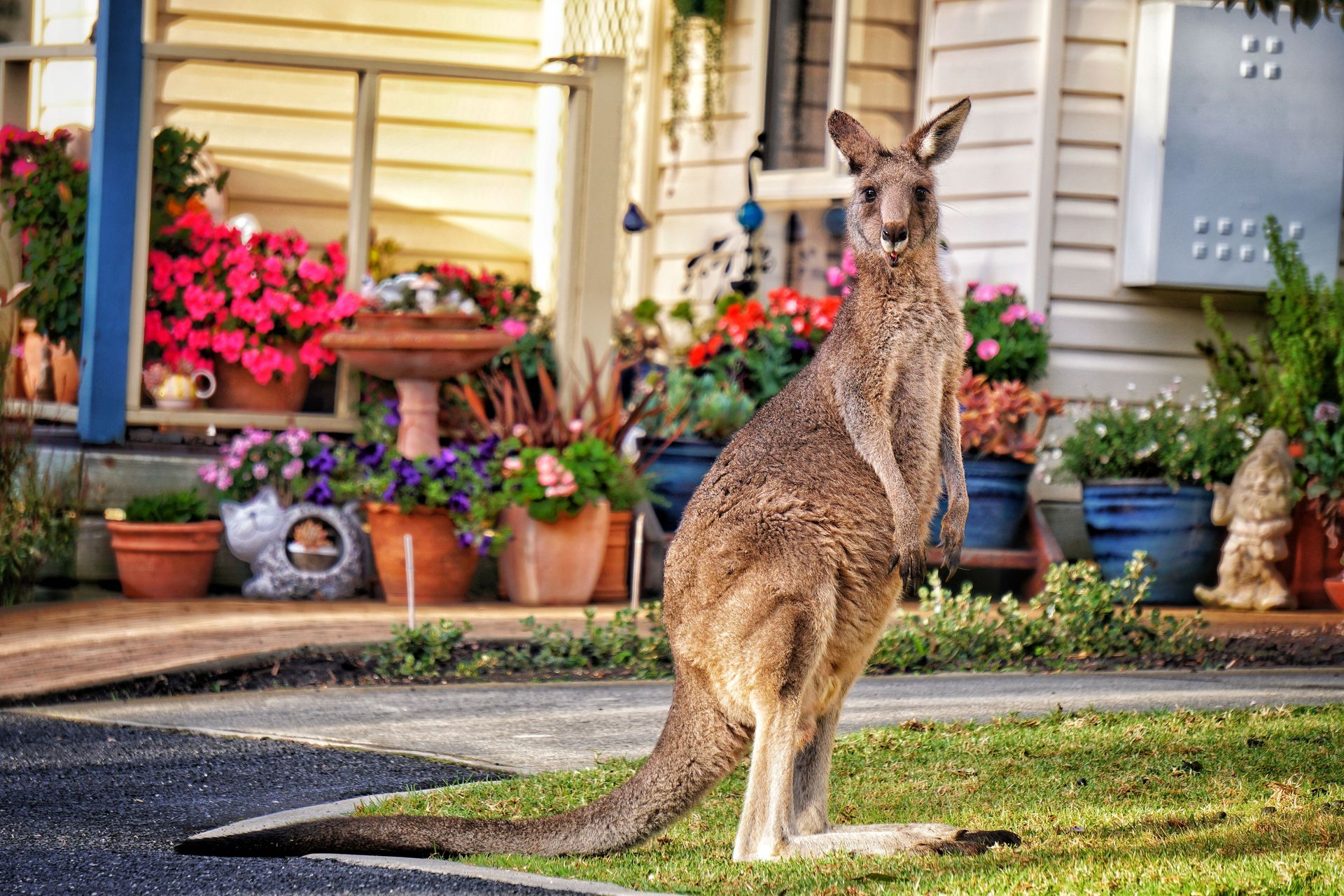
Our further journey on the Great Ocean Road took us to many beaches, high cliffs, lighthouses, and through dense rainforests and eucalyptus forests, because contrary to our assumption, it has much more to offer than just surfing beaches.
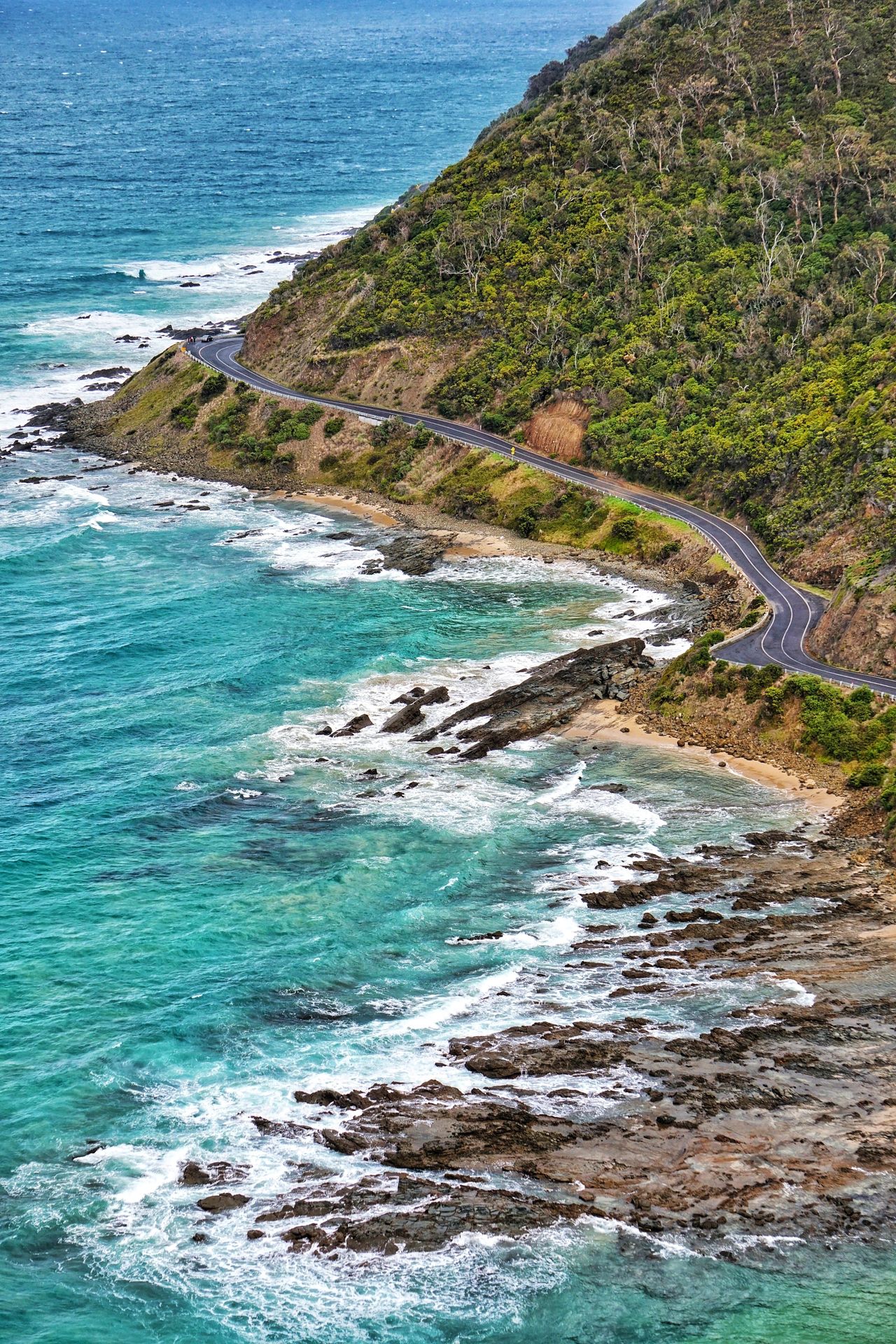




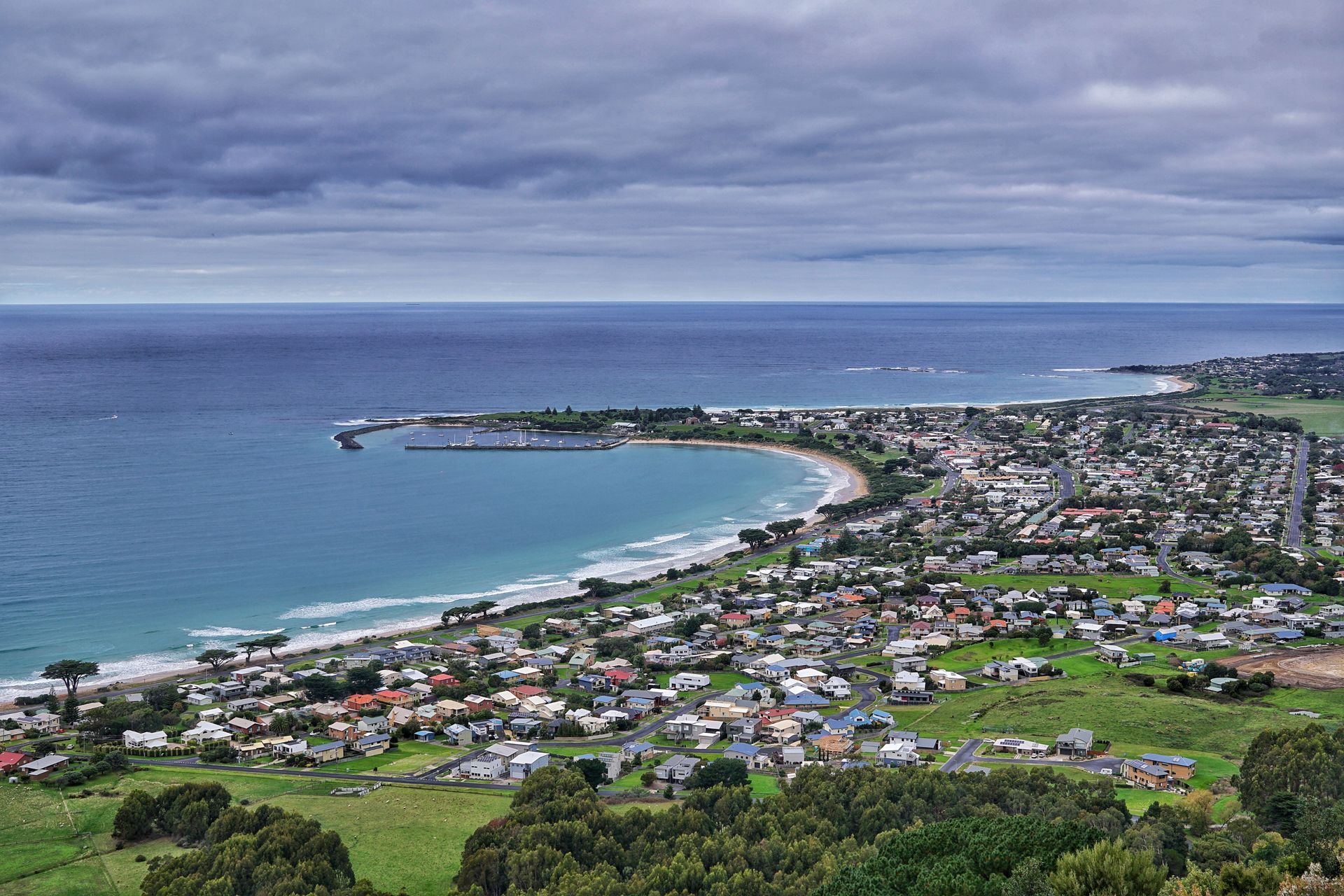
In the sleepy village of Kennett River, we went in search of wild koalas and found a total of 6 sleepy and well-hidden little guys high up in the eucalyptus trees within 1 hour. One of them even came down from his tree and ran across the road, which thrilled a huge Asian tour group. Of course, they immediately rushed towards him and tried to take pictures of him and even touch him. We tried everything to push them back and make it clear to them how disrespectful their behavior was, but unfortunately, without success. We keep experiencing these negative effects of tourism, even though we do everything we can to have the least negative impact ourselves.
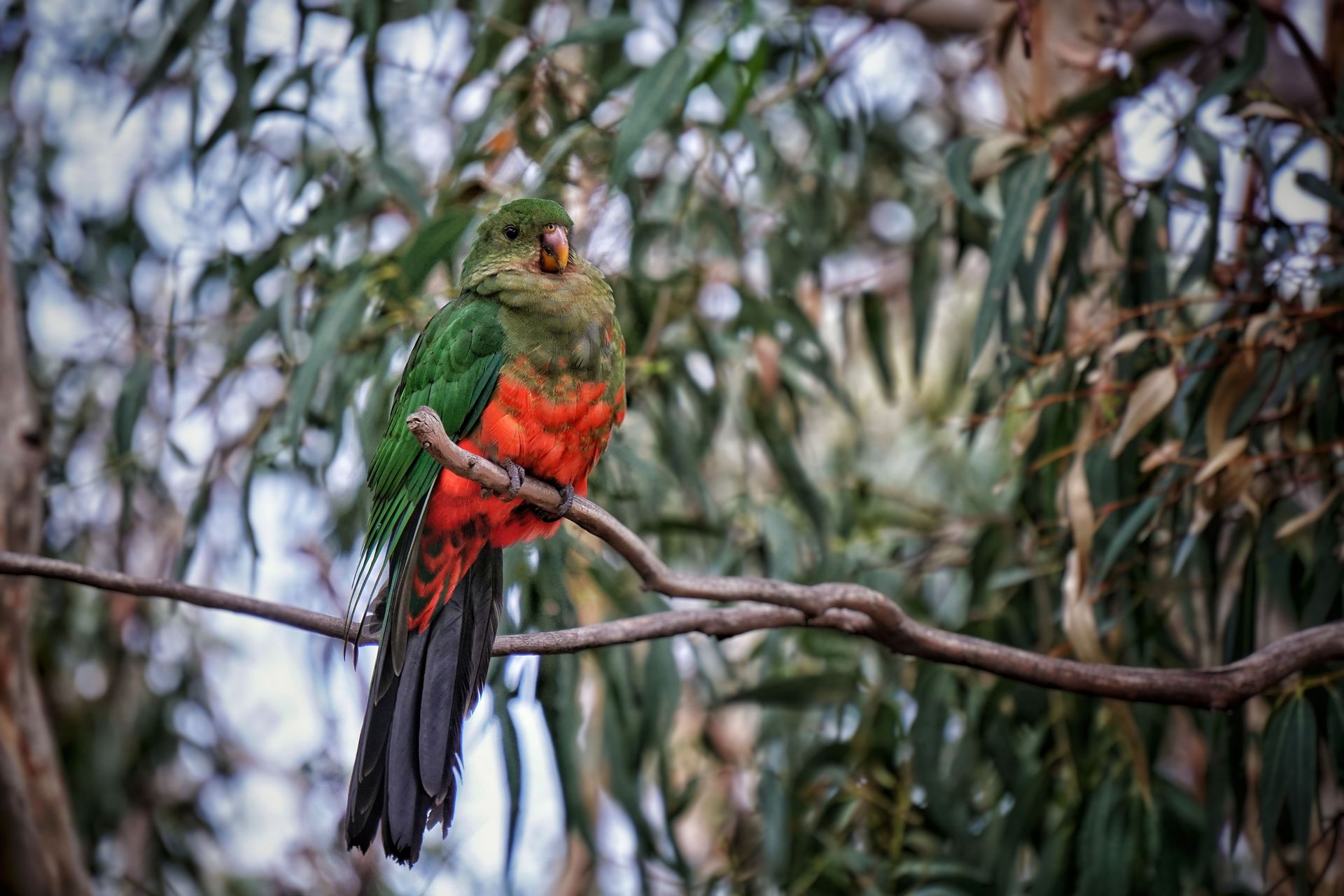
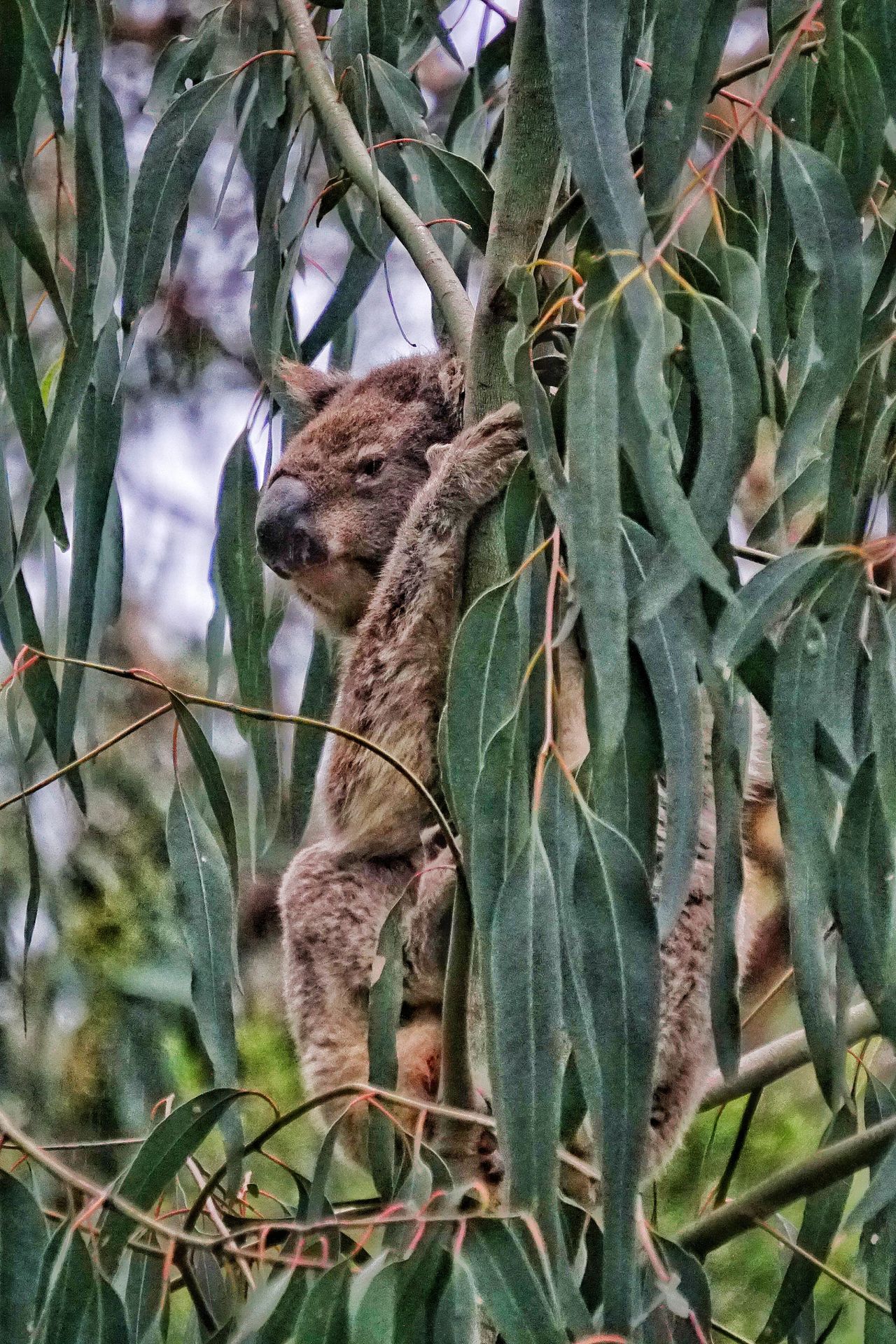
At the most famous place on the Great Ocean Road, the Twelve Apostles, the number of tourists exploded. The Twelve Apostles are 7 rock formations standing in the sea, which were only called Twelve Apostles to boost tourism. They have certainly succeeded, because to get a good view of the rock formations in the sea, you have to go to several viewpoints. The path there was already crowded, like queuing for a new roller coaster at an amusement park. On the platforms themselves, we were constantly pushed around by selfie-crazed other tourists, and there was no understanding that we just wanted to enjoy the view. Here you quickly realize that for many people, traveling nowadays is just a way to refresh their Instagram account.

So we quickly moved away and tried our luck for some peace and seclusion at some beautiful rock formations further west. And bam, as soon as you move away from the Twelve Apostles, peace returns and even the rocks in the sea are much more interesting and beautiful than the apostles themselves. And so, in the end, we still got to enjoy a calm and romantic coastal walk with a sunset.

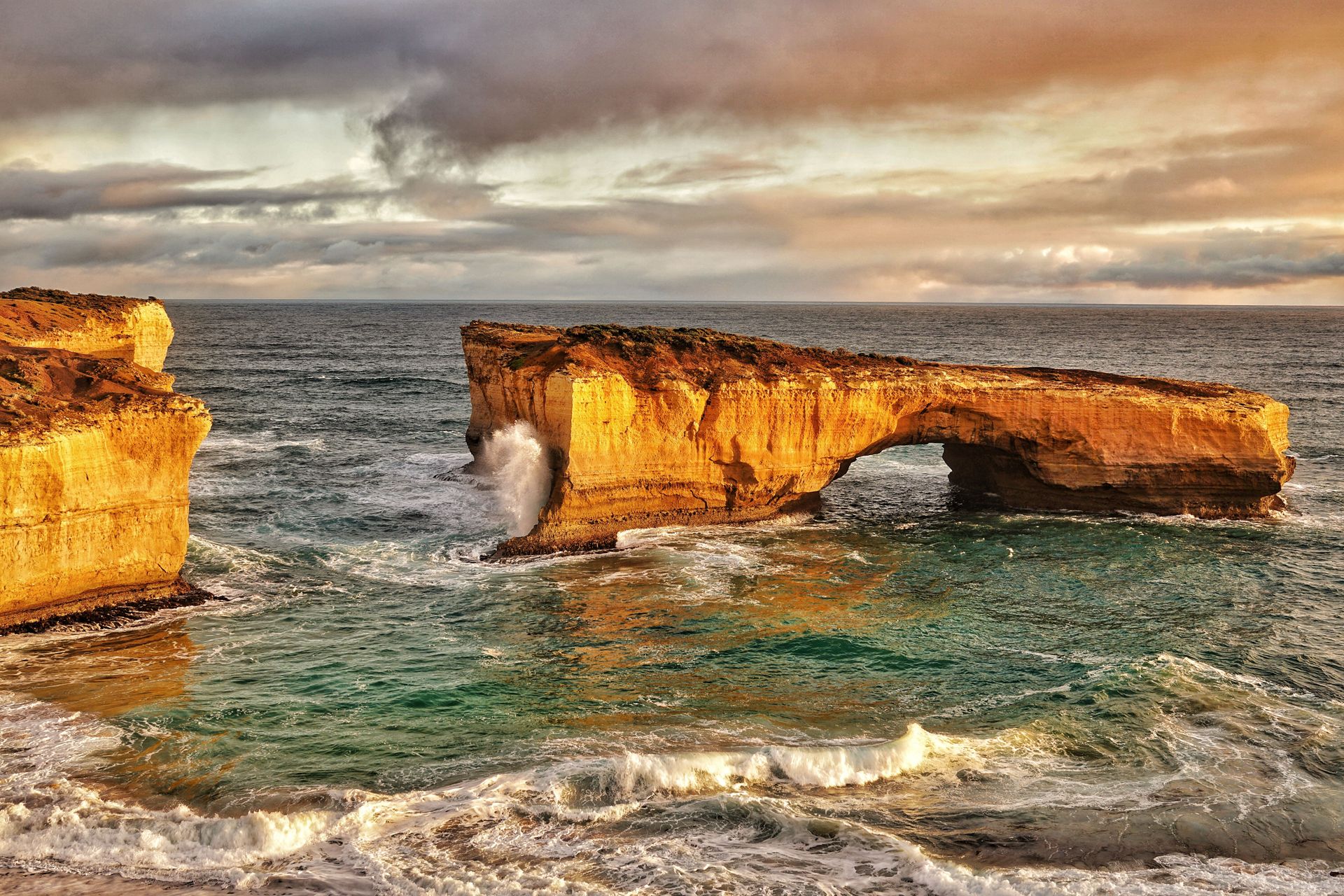
In total, the Great Ocean Road reminded us of our vacation on the Algarve with its rugged coastlines, many beaches, cold winds, and small villages. Probably also because from the Algarve, it would only be a stone's throw to home. We miss sharing stories, laughing, and simply spending time with friends and family. And of course, we are slowly starting to miss a home, a place where we feel comfortable, can retreat, or simply relax without being on the move. Of course, such a long journey is incredibly exciting and fulfilling, and we love every day of it, but slowly we also realize what fulfilled us in our everyday life without us appreciating it properly. Well, at least we bought a scented candle to pimp up the camper.
After the Great Ocean Road, we felt more in the mood for mountains. It was fortunate that the Grampians National Park is not far away (well, at least for Australian standards) and is located inland, luring with its bizarre rock formations. The Grampians National Park is actually a large adventure park created by nature. In this area, 5 rugged mountain ranges have been pushed up out of nowhere, creating a great place for hiking and climbing. The mountains are characterized by their shape, as the east side of the mountains is always steep, while the west side rises gently, and by their many rock crevices and curious rock formations. Therefore, it is just a lot of fun to go on hikes and climb on rocks off the beaten path, jump over rock crevices, or test your fear of heights on slopes.
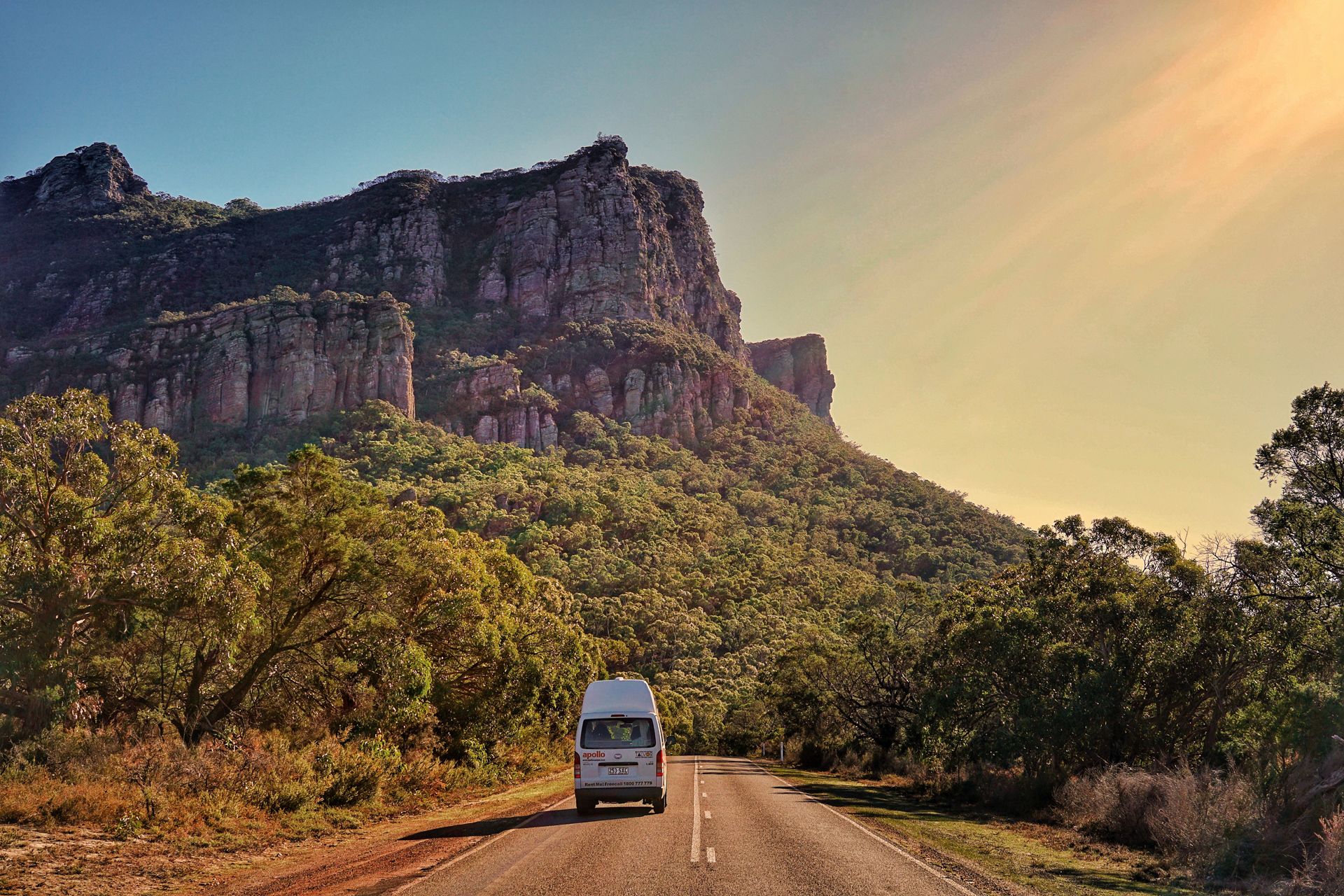
We especially liked the hike to the Pinnacles Lookout, because the path alone is already an adventure over sticks and stones and through a narrow and deep rock crevice. Arriving at the summit, you finally have an unobstructed view of the entire valley and the steep cliffs of the Grampians. From there, we also had a view of the many bushfires raging in the area. Bushfires are something completely normal in Australia and happen by the hundreds every day, but for us, it was shocking at first to see so much smoke rising. Right in the middle of our campground, we could only see a few meters ahead and the next day we smelled like smoked ham, an experience we will have more often in Australia.

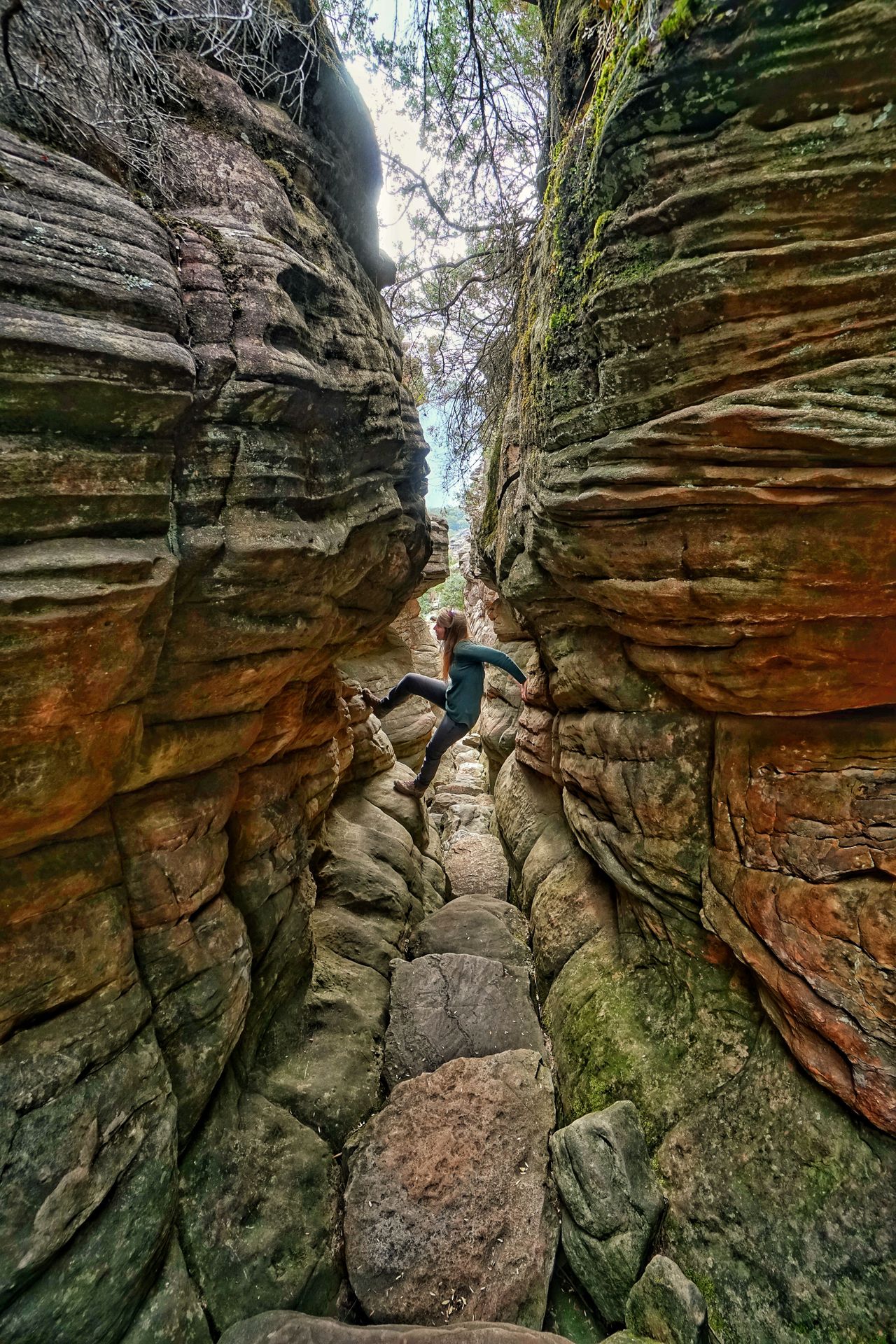
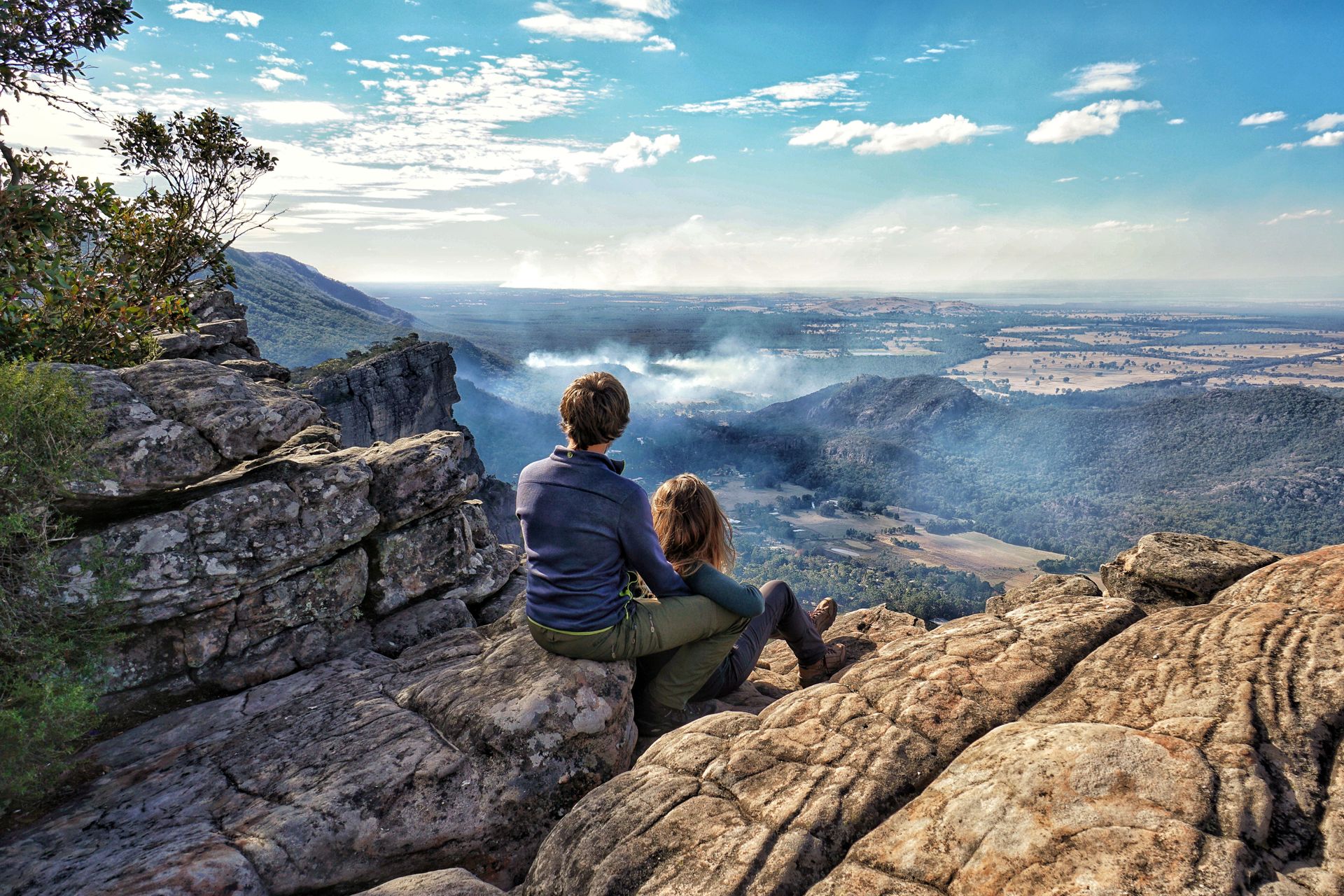
In the Grampians, we encountered Aboriginal culture again, because there are many cave paintings in the area, some of which have been made accessible to visitors. Unfortunately, the knowledge about the exact meaning of the red handprints on the rocks and the small painted people has been lost, but it was still interesting. For example, it is known that the handprints were always left by children and probably come from many generations, like a family tree.
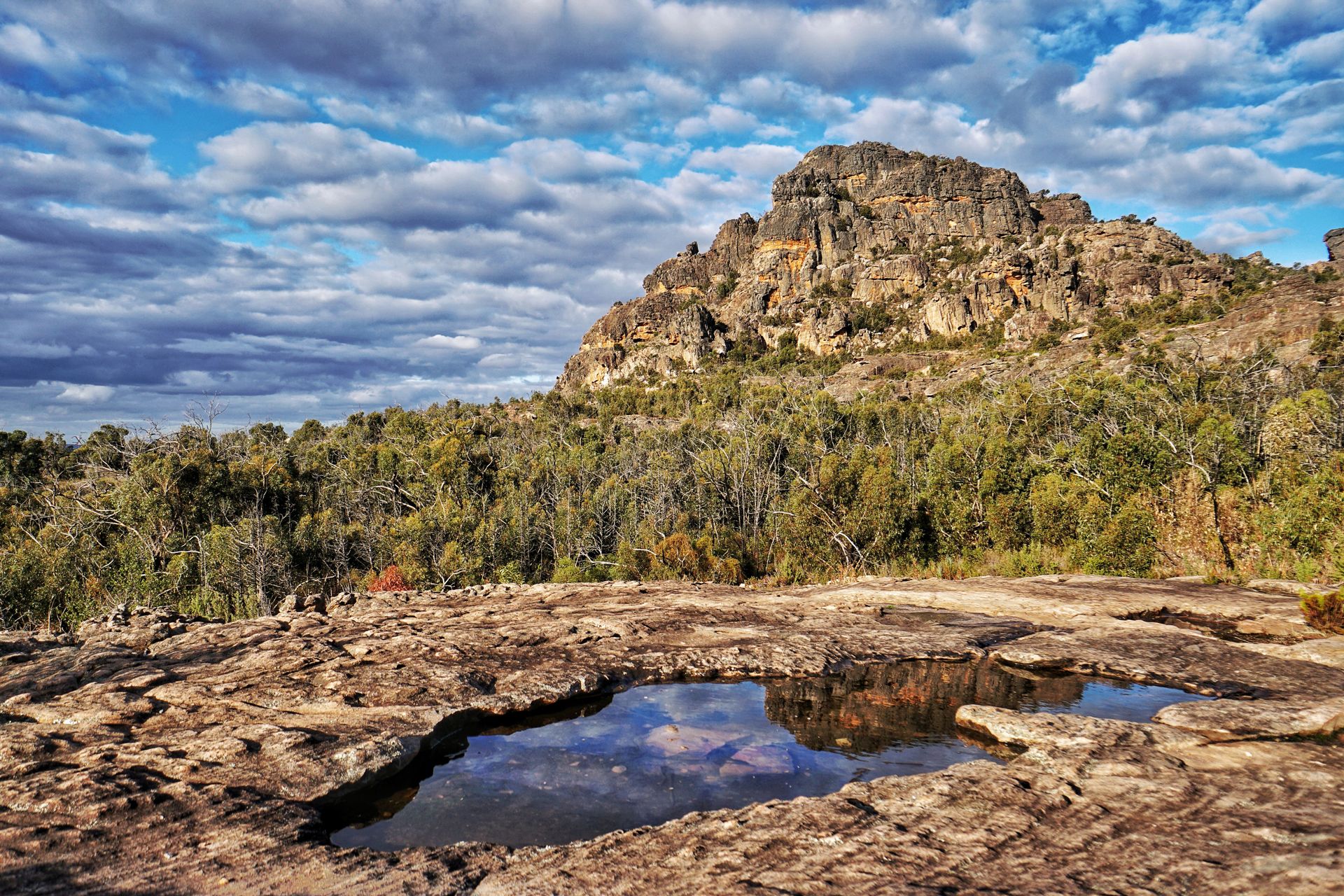

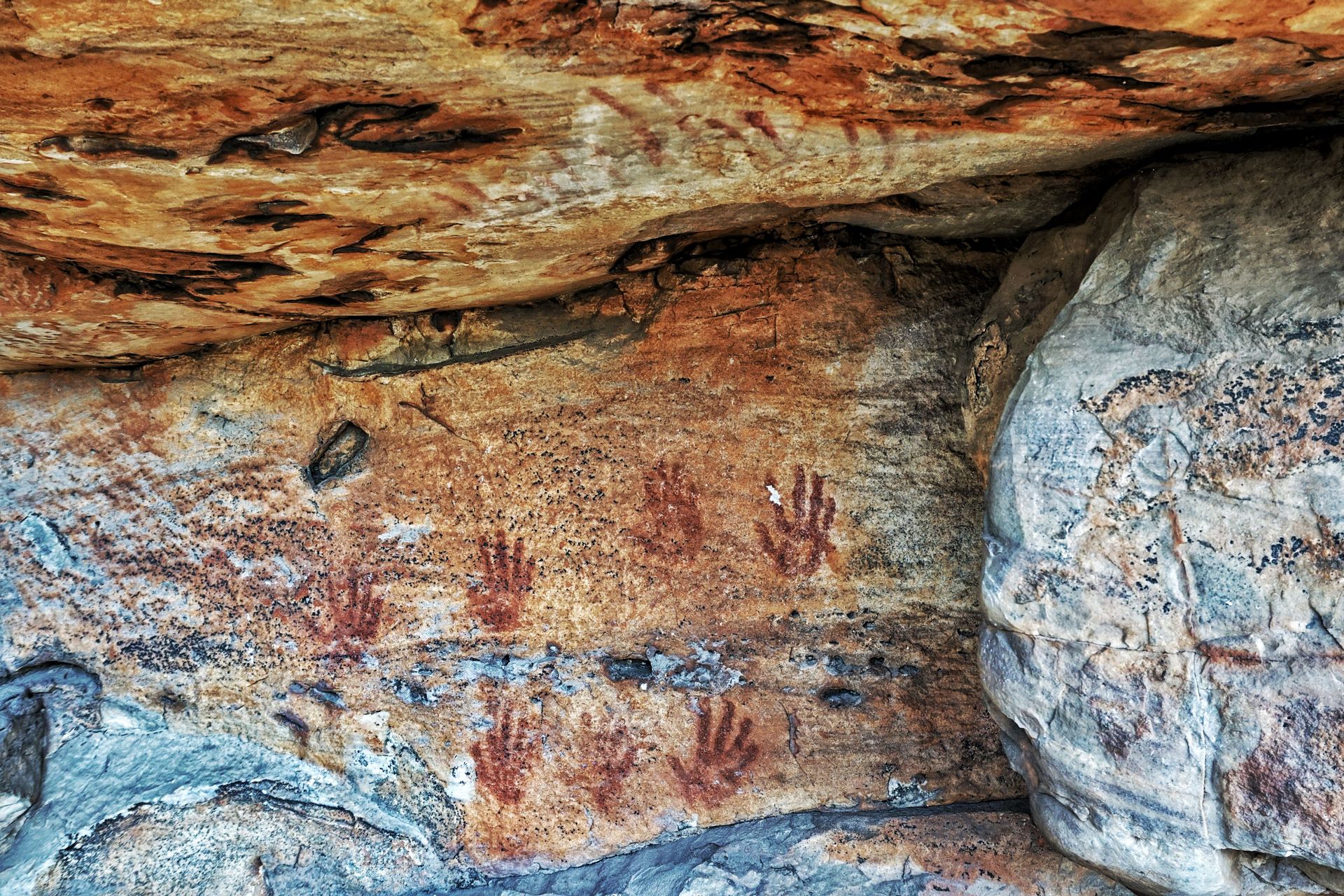
Since we actually have to get to Brisbane with the camper, we had a long drive ahead of us to get back to the coast near Melbourne and then travel north from there. Because Australia is practically deserted inland, we decided to take the coastal route to Brisbane with our rickety camper. However, we still wanted to gain some experience in the hinterland and took a detour to the Silo Art Trail. Here in the inland, where there is not much besides big farmers and some abandoned Western towns, a few artists have immortalized themselves on huge grain silos. With cherry pickers, lots of paint, and even more patience and creativity, the street art artists, mostly from Australia, have created an oversized art gallery in the otherwise dreary landscape and brought some tourism to the area. You couldn't really design art any cooler, and we were speechless every time anew about this talent and the dimensions with each new silo.




Arriving near Melbourne on Phillip Island, we realized: This trip around the world is slowly turning into a penguin safari. On Phillip Island, there are about 30,000 Blue Penguins, the smallest penguins in the world. However, to see them, you have to go to a reserve and wait for sunset, because the shy little creatures only come ashore from the sea at dusk or in darkness and waddle to their burrows. It was an incredibly cute spectacle, even though we didn't see all the penguins on the island, there were 1098 little tuxedo wearers (the penguins coming ashore are counted by the rangers every day). First, you see them as small groups of about 15 penguins appearing in the waves and sliding onto the beach before they make their way a bit clumsily but quite quickly into the bushes and grassy fields in front of the beach. At the moment, the penguins are looking for new partners, so we were able to observe flirting, fighting, or loving penguins at the nesting sites. We got so close to them that we could even touch them through a low fence, which of course we would never do. To ensure the well-being of the animals, cameras and cell phones are strictly forbidden, so we couldn't take any pictures, but we were allowed to use some from the reserve's website for our blog.
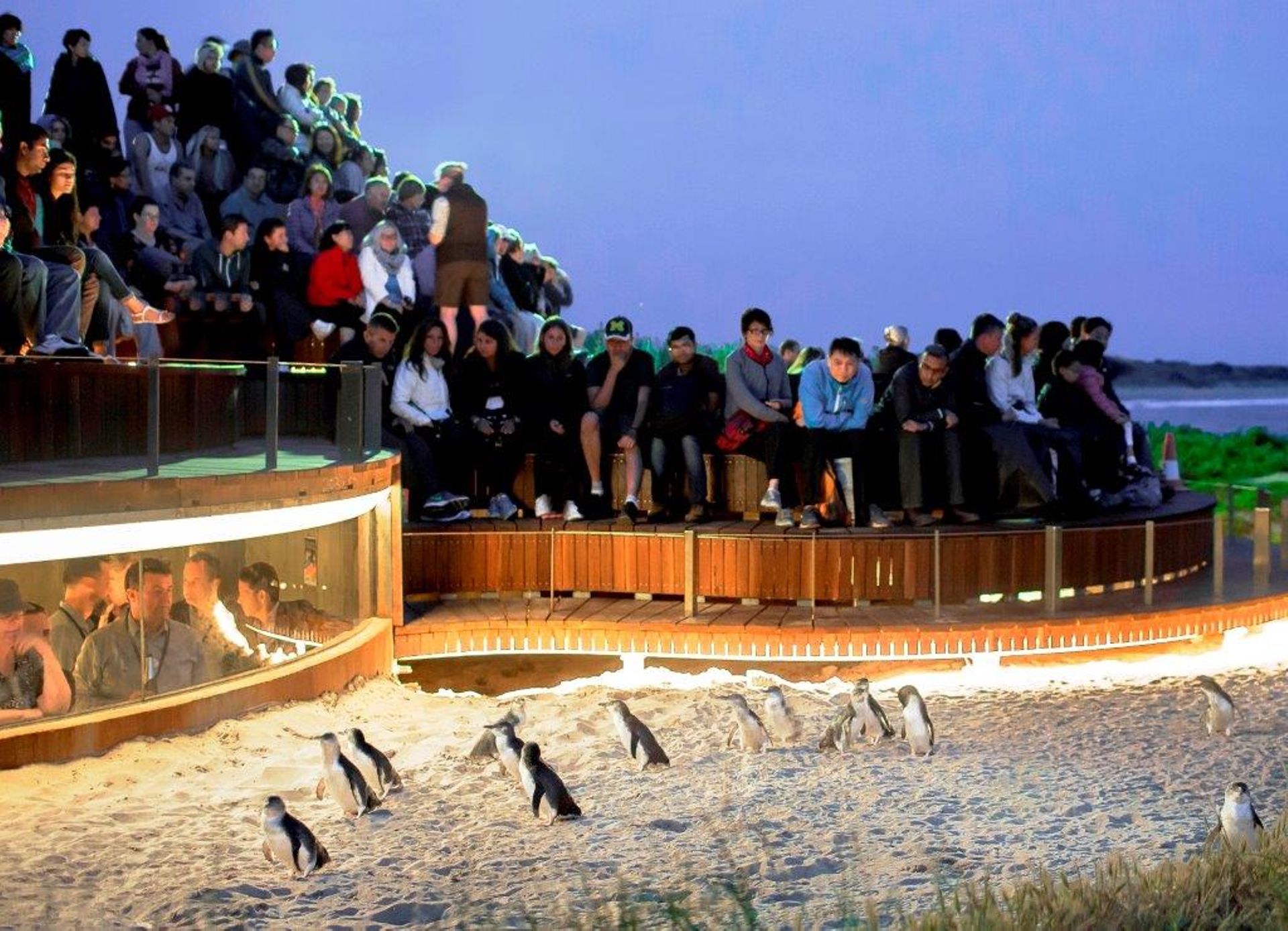
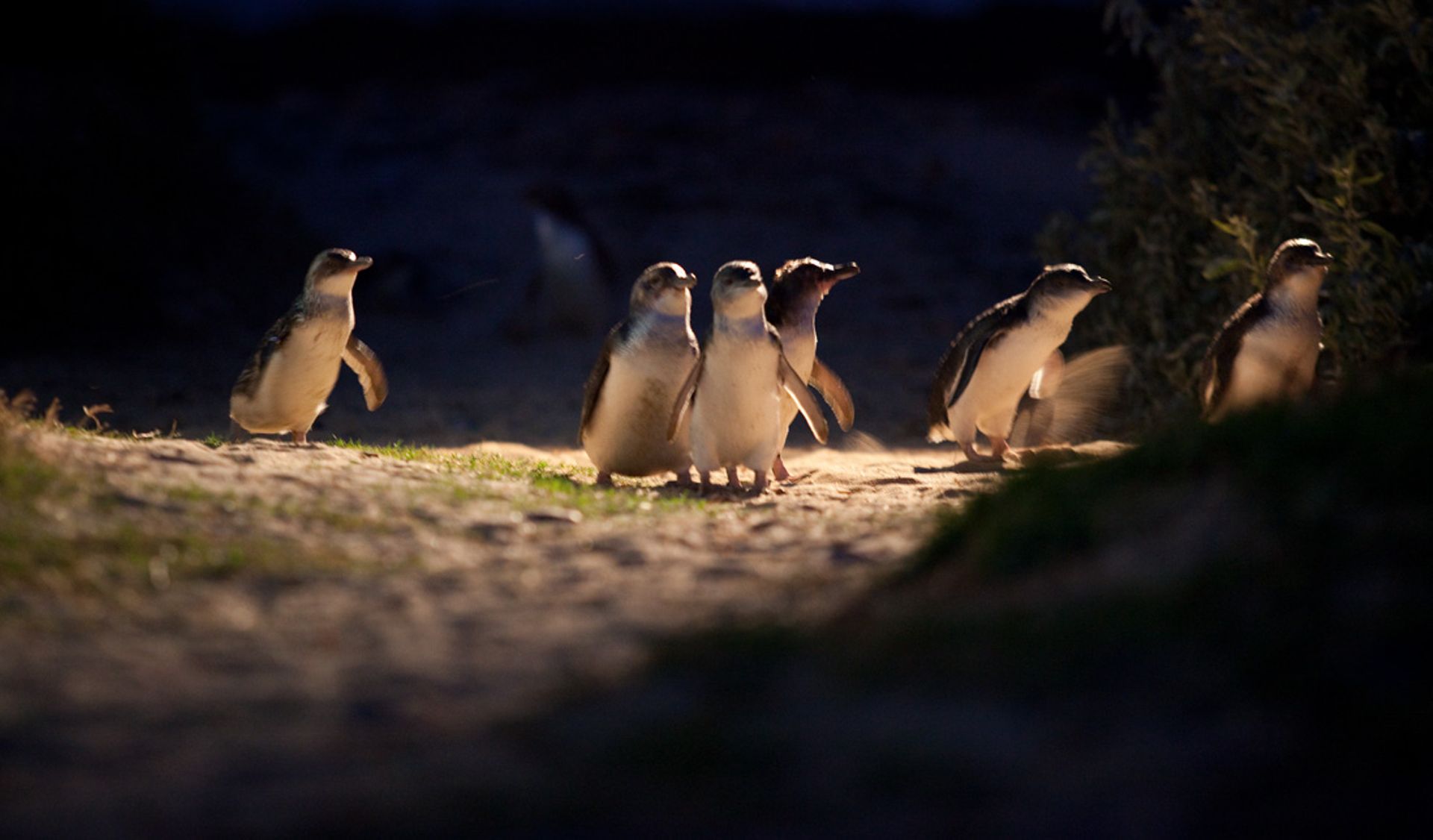
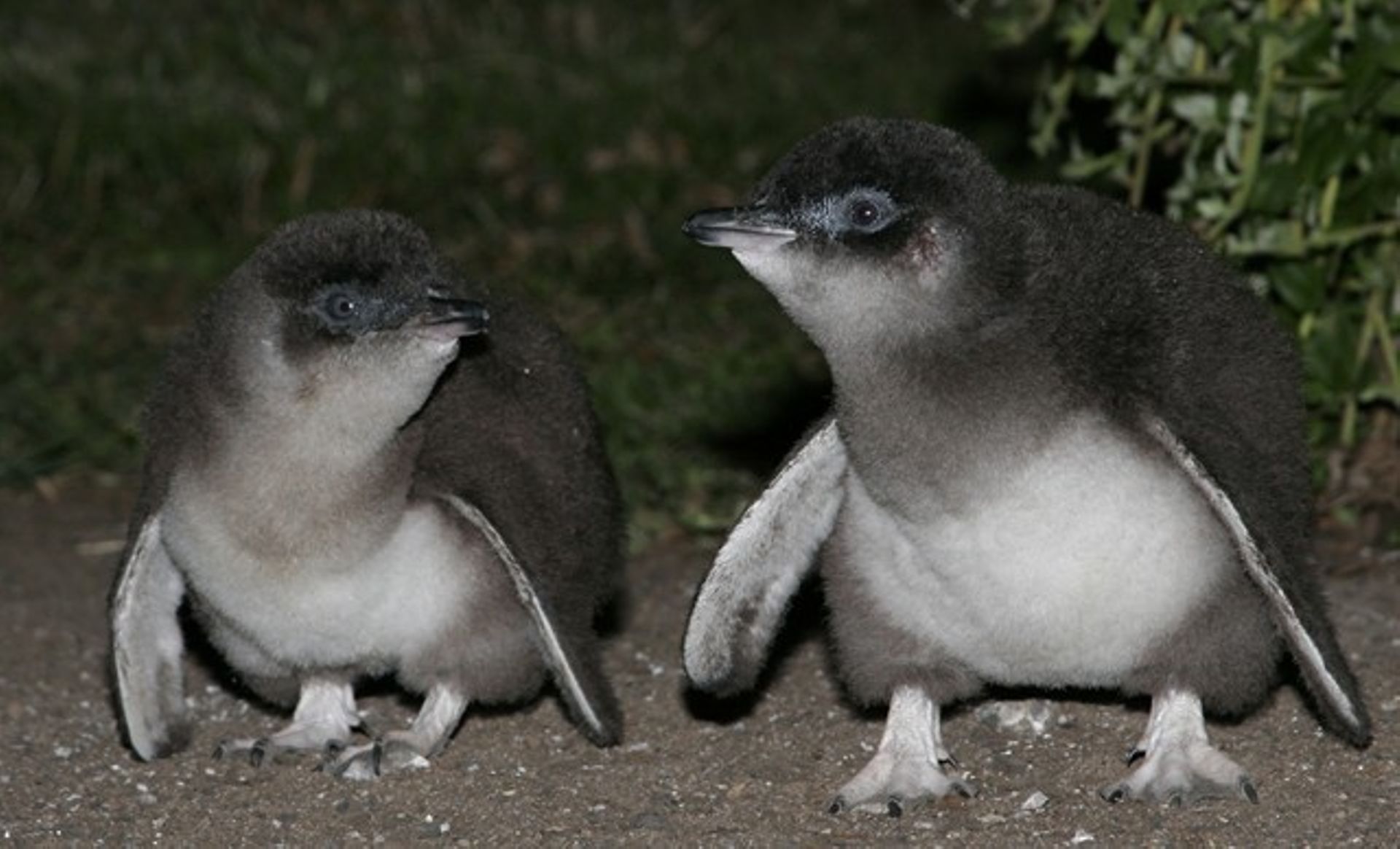
So on our journey, we have already seen the smallest penguins (Blue Penguins and Humboldt Penguins), the most endangered penguins (Yellow-Eyed Penguins), and the second-largest penguins (King Penguins) and feel incredibly lucky to have been gifted by nature with so many little wonders. Therefore, at this point, a brief appeal to everyone: Since penguins, like all marine creatures, suffer greatly from the pollution of the seas by plastic waste, we should all try to reduce our plastic consumption. Ask yourself during your next grocery shopping: Where can I do without plastic? Do I really need the plastic bags for the fruit, or will my apples survive the transport without a bag? Does ketchup taste different from a plastic bottle than from a glass bottle? Isn't tap water just as good as bottled water? Or can I drink my cocktail without a straw and celebrate my birthday without balloons?
To continue the safari, we next went to Wilsons Promontory National Park, the most popular national park in Australia, as it offers something for every taste with its white sandy beaches, numerous hiking trails, and diverse wildlife. Unfortunately, the weather was not on our side, but that also meant that we were practically alone in the park. So we made the best of the storm and clouds (fortunately, there was no rain) and hiked through the lonely forests, over hills with 360° panoramic views, and to rocks and beaches, where we watched the roaring sea and let the spray wet and salty us.

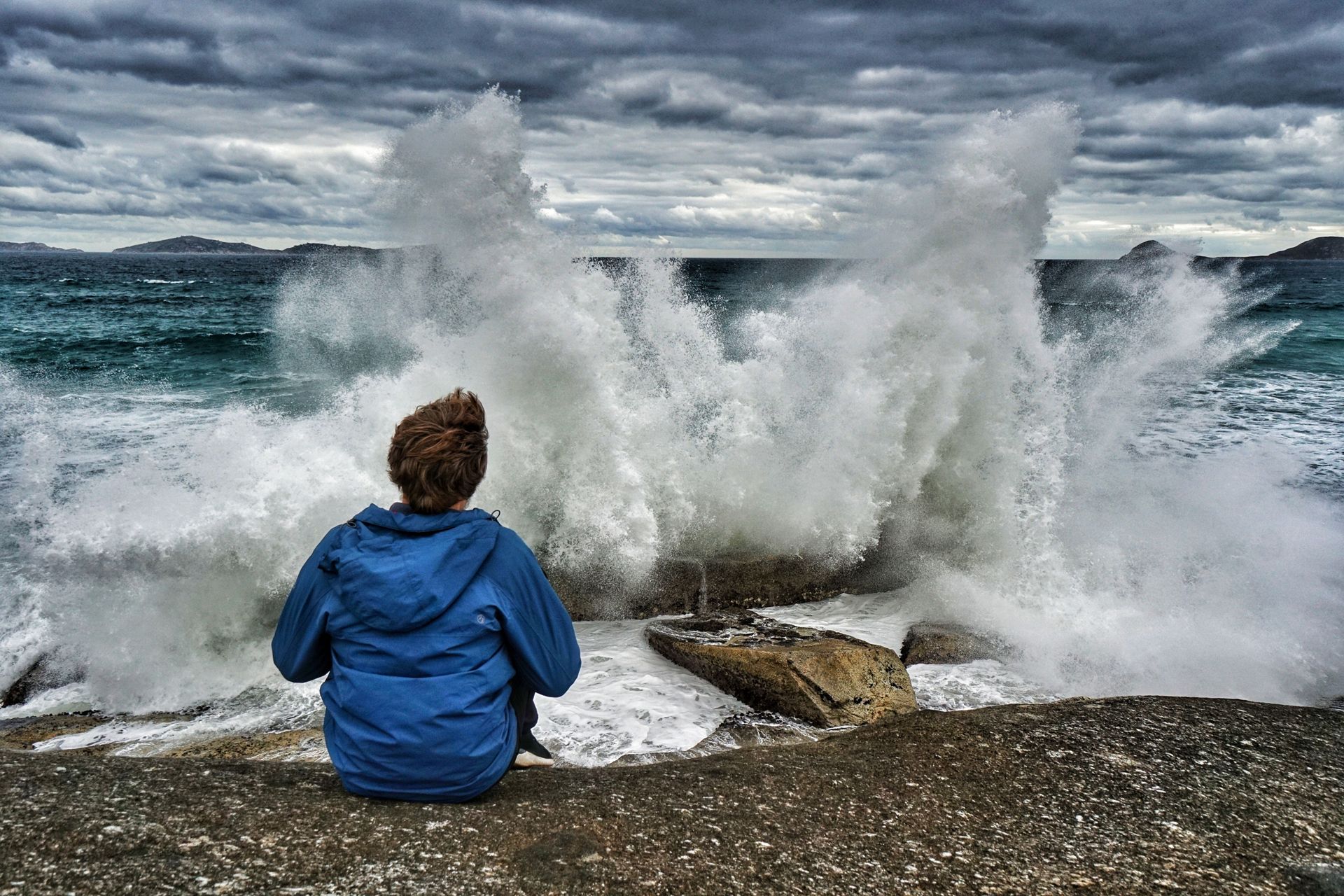
Besides the huge waves, the real highlight, however, was the wildlife that made an appearance in the afternoon: kangaroos, wallabies, emus, parrots, rosellas, and the best of all, wombats. Wombats are giant guinea pigs and simply chubby, fluffy, sluggish, and very hungry. Therefore, they are surely one of the cutest animals in the world and brightened up our day.
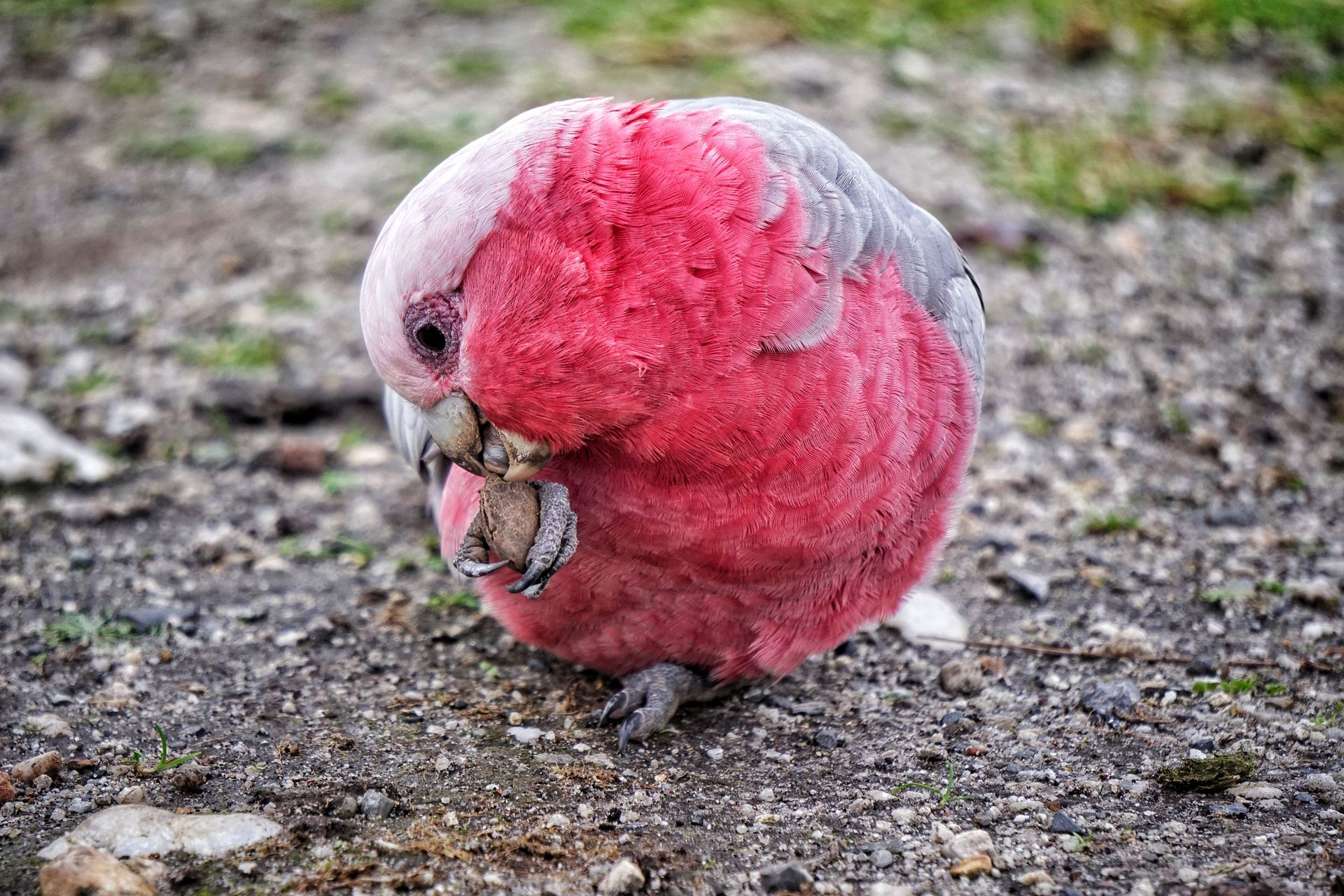
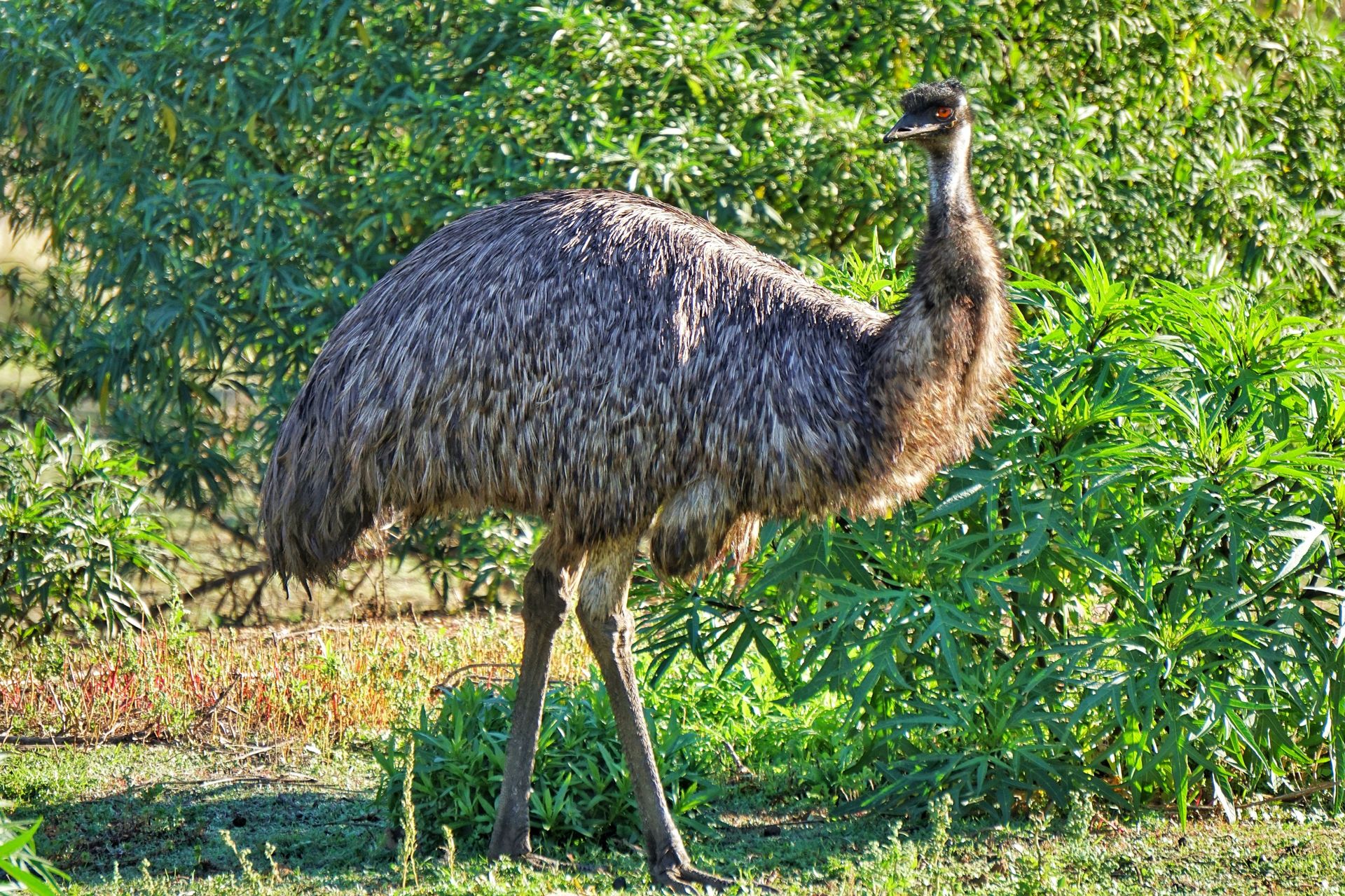



Unfortunately, a small tragedy happened afterwards: we had to bury our camper Kalle. He only managed 2000 kilometers with us before the alternator gave up the ghost and we broke down in the small town of 'Sale' (the name seemed somehow ironic to us). After a whole day of back and forth on the phone with the camper rental company, we finally said in the dark in the evening: Hello new camper, we christen you 'Forest'. Why Forest? Well, we only say: Run Forest, run! Maybe that will motivate our new camper a bit to take us to Brisbane. With its youthful 350,000 kilometers on the odometer, that should be more realistic (hopefully).

Song of homesickness: Home away from home – Canopy Climbers
Ақпараттық бюллетеньге жазылу
Жауап
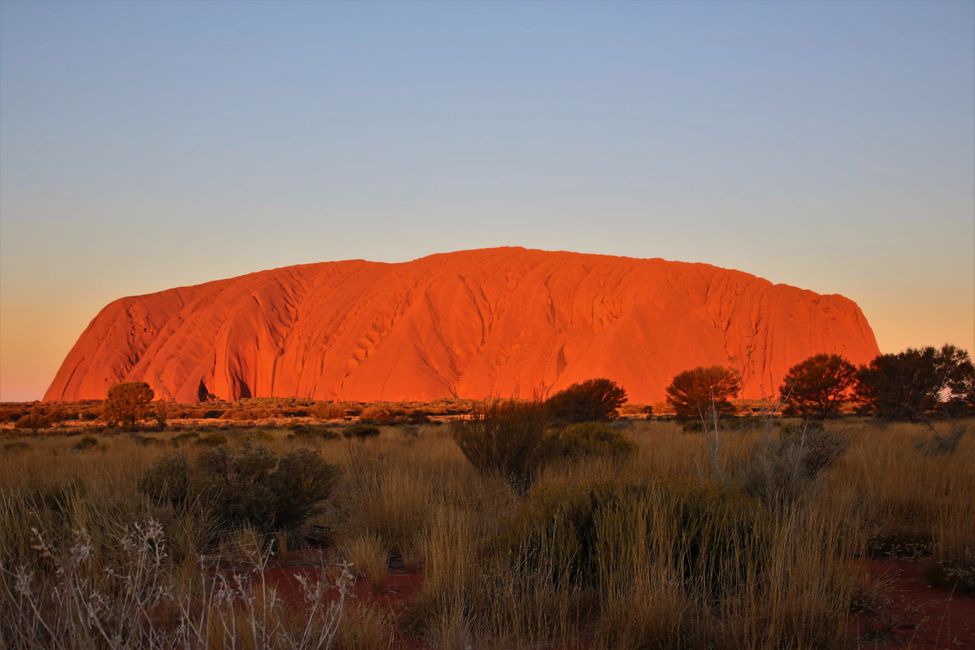
Саяхат есептері Австралия
